THE ENDURING SOLDIERS by National Bank of Poland
Not being afraid to produce long running coin series, the excellent Stanislaw August and History of Polish Coin series being evidence of that, the National Bank of Poland (Narodowy Bank Polski NBP) has embarked on another epic set of silver coins. With tensions higher than normal between Poland and Russia over the Ukrainian conflict, it seems that they felt it was time for a reminder of why there exists such distrust between the two countries on many levels.
This series celebrates and remembers some of the brave individuals that fought the Soviet Communists after the Second World War. The first coin will be a general remembrance, while following ones will look at some of the most famous participants in the resistance. We’re not going to go into detail here as the NBP has done a terrific job with its release information and you can read more about each coin below by clicking the MORE button. Suffice to say it’s a fine theme, well deserving of the permanence that numismatics often bring.
Each coin will be struck in half-ounce of sterling silver and have a small band of colour on the reverse face, something the NBP doesn’t do very often. Coins to date have been designed by Dobrochna Surajewska and/or Urszula Walerzak, and struck by the Mint of Poland, the mint that strikes Polish commemorative coins. These aren’t fancy coins, devoid of all the current trends permeating the precious metal commemoratives market and they’re all the better for it. Sometimes the subject of the coin should take precedence and we think that’s the case here.
It appears there will be 22 coins in the set, with two or three being released annually. That would indicate that the series would potentially be split over 4-5 years, not too long with current trends. It’s good to see traditional coin styles still being put out there and we’d imagine the theme would resonate strongly in todays Poland. The coins sell for around the 160 Zloty mark (€38 / $40 / £32). A noble series and one that Poles in particular would do well to look at.
2017 The Enduring Soldiers Accursed by the Communists
The name “Enduring Soldiers” or “Cursed Soldiers” is used to refer to the post-war Polish independence and anti-Communist underground movement. Even though World War II had formally ended, as many as 200,000 soldiers of the Second Polish Republic continued to fight for a free Poland. The struggle against the Soviets and their Polish collaborators went on for the next 10 years, i.e. until the mid-1950s. Between 1945-1947 the guerrillas were ofen the sole masters of the territory. Their principal goal was to defend Poles against Soviet terror – plundering, rape and murder.
The soldiers belonged to various formations of the armed underground movement – Freedom and Independence (Zrzeszenie “Wolność i Niezawisłość”), National Armed Forces (Narodowe Siły Zbrojne), National Military Union (Narodowe Zjednoczenie Wojskowe), Underground Polish Army (Konspiracyjne Wojsko Polskie), Resistance Movement of the Home Army (Ruch Oporu Armii Krajowej), the 5th and 6th Vilnius Brigade of the Home Army, Józef Kuraś “Błyskawica” Group and many others, including youth organizations.
2017 Danuta Siedzikówna ‘Inka’
The daughter of Wacław Siedzik, a forest ranger, and Eugenia Tymińska. During the Second World War she lost both parents. She grew up in the cult of the January Uprising of 1863, in which her ancestors had taken part. She joined the Polish Home Army in December 1943, and took on a pseudonym “Inka” (in remembrance of a school friend). In October 1944, she started working as a clerk in the forest district office of Narewka.
Along with all other employees, she was arrested by an NKVD (Soviet secret police agency) and UB (Polish secret police under Communism) group in June 1945 on the charge of collaboration with “bands of reactionary underground movement”. Released by one of patrols of the 5th Wileńska Brigade of the Polish Home Army, commanded by Major Zygmunt Szendzielarz alias Łupaszka. Aferwards she could continue as a clerk in the Miłomłyn forest district office but she chose to fght for Poland, by joining, as an orderly, the squadron of Major Zdzisław Badocha alias Żelazny.
2017 Witold Pilecki ‘Witold’
Witold Pilecki was born in an aristocratic family (coat of arms of Leliwa) in Olonets in Karelia on 13 May 1901. During his youth he was active in the Scout movement. In the years 1918-1921 he served in the Polish Army. He fought in the Polish-Soviet War and was twice awarded with the Cross of Valour. In the newly independent Poland he managed the Sukurcze estate near Lida (today in Belarus) which was recovered by the Pilecki family.
At the initiative of Marshal Edward Śmigły-Rydz, Pilecki began to cooperate with the Polish counterintelligence, known as the “second department”. He fought in the Polish defensive war in September 1939, after which he co-organized one of the frst anti German resistance groups: the Secret Polish Army, which joined the Home Army. On 19 September 1940 he voluntarily went to the Auschwitz death camp on behalf of the Secret Polish Army. The goal of his mission was to gather intelligence on the ground and establish a conspiracy self-help and armed resistance movement among the prisoners (Military Organization Union), which was supposed to liberate the camp with help from outside.
2017 Feliks Selmanowicz ‘Zagończyk’
Born on 6 June 1904 in Vilnius. He had completed 5 grades of middle school before the outbreak of WWI. In September 1918, he volunteered to the Vilnius Vigilante Organization, and later to the 1st Battalion of Neman River Rifles with which he fought in the Polish-Soviet War. He subsequently worked for the People’s Militia in the Neutral Zone – an area under international control afer fghting between Lithuania and Poland was over. In free Poland he worked as a civil servant and ran a farm. He was probably associated with Polish as well as French military intelligence.
In August 1939, he was mobilized to the Border Security Corps as a sergeant. He took part in the fghting against the Red Army on 17 September 1939. Afer being interned by the Lithuanian authorities, he managed to escape from the camp in November and returned to Vilnius, where he became involved in the Polish conspiracy movement. In January 1940, he was arrested by the Lithuanian police, but was released because no evidence was found to prove his guilt. When the Soviets marched into the town, he was arrested once again, handed over to the NKVD (the People’s Commissariat for Internal Affairs), and condemned to death for espionage. However, the death sentence was not executed since he fled from the transport afer the German troops entered Vilnius.
2017 Henryk Glapiński ‘Klinga’
Henryk Glapiński was born on 28 December 1915 in Częstochowa. In 1937, he graduated from the Feliks Fabiani Gymnasium in Radomsko. He was a member of the Gymnastic Society “Sokół”. In the years 1937–1939, he served in the military, initially at the military academy of the 27th Infantry Regiment in Częstochowa, and from 1938 in Komorów. Before the outbreak of World War II, he was transferred to the 77th Infantry Regiment in Lida.
In September 1939, he was promoted to the rank of Second Lieutenant. From October 1939 to May 1940, he was in Lwów and then returned to Radomsko. At the turn of 1941 and 1942, he joined the Home Army and became a platoon commander. In the second half of 1942, Glapiński was appointed as the head of the Home Army “Centre No. 1” for the town of Radomsko, and at the end of June 1944, as the deputy commander of the local Home Army
2018 August Emil Fieldorf ‘Nil’
August Emil Fieldorf was born on 20 March 1895 in Kraków. He graduated from the men’s college of St. Nicholas and later from a men’s seminary there. In 1910, he joined the Sport and Gymnastic Society ”Strzelec” (Shooter), where he fnished the school for non-commissioned officers.
On 6 August 1914, Fieldorf volunteered to join the Polish Legions and set out for the Russian front, where he served as a deputy commander of an infantry platoon. In 1916, he was promoted to the rank of sergeant and a year later he was sent to the officer training school. After the oath crisis, he was forced to join the Austro-Hungarian Army and transferred to the Italian front. He deserted and joined the Polish Military Organisation in his home city of Kraków in August 1918.
After the Republic of Poland regained independence, Fieldorf served in the Polish Army from November 1918, first as a platoon commander, and from March 1919 – as a commander of the heavy machine gun company in the Polish Legion’s First Infantry Regiment. In the years 1919-1920, he participated in the campaign of Vilnius and – as a company commander – in the Polish-Bolshevik War, when he participated in the liberation of Dyneburg and Żytomierz, the expedition to Kiev and the Battle of Białystok.
2018 Hieronim Dekutowski ‘Zapora’
Polish Army Major Hieronim Dekutowski was born on 24 September 1918 in Tarnobrzeg. Dekutowski was characterized by an active attitude of patriotic responsibility already in his youth. He belonged to the “Jan Henryk Dąbrowski” Scout Team and was a member of the Sodality of the Blessed Virgin Mary. He fought as a volunteer in the Polish defensive war of 1939, and on 17 September he crossed the border with Hungary, where he was interned. He escaped from the internment camp and fled to France, where he fought against the Germans as a member of the Polish Armed Forces. He was then evacuated to England. In March 1943 he was sworn in as a member of the so-called “Cichociemni” (the Silent Unseen) paratroopers. He adopted the pseudonyms “Zapora” and “Odra” (he mainly used the frst one, however).
On the night of 16-17 September 1943 Hieronim Dekutowski was sent to the “Garnek” 103 outpost in the vicinity of Wyszków, as part of the “Neon 1” operation during which members of the Silent Unseen paratroopers were parachuted into the Polish territory. The flight from England aboard the Halifax BB-378 “D” aeroplane, which belonged to the RAF, lasted 12 hours and 30 minutes.
Dekutowski initially commanded the Home Army unit in the Zamość Inspectorate, defending the people of the Zamość region against forced expulsions. In January 1944 he became the head of the Home Army’s Directorate for Subversion (“Kedyw”) in the Inspectorate of Lublin – Puławy.
2019 Stanisław Kasznica ‘Wasowski’
Stanisław Kasznica was born to a family of lawyers in Lvov on 25 July 1908. His father, Stanisław Wincenty Kasznica, a descendant of Antoni Trębicki, who was a deputy to the FourYear Sejm, was a Doctor of Law, a member of the National Democratic Party, and a senator of the Second Republic of Poland.
After his family moved to Poznań, where his father was appointed director of the University of Poznań, young Stanisław finished the local Karol Marcinkowski Lower Secondary School, and then graduated in law from the University of Poznań. During his studies, he became a member and one of the leaders of the AllPolish Youth. He was also a member of the student organisation “Brotherly Help”, the Academic Fraternity “Helionia” (as its president from 1938), as well as the Poznań Academic Aero Club. In 1934, he joined the National Radical Camp. As the party was declared illegal, he joined its clandestine multi-level leadership structure called the Polish Organisation.
He performed his military service in the Artillery Reserve Officer Cadet School in Włodzimierz Wołyński, and served as a lieutenant of the reserve in the 7th Greater Poland Horse Artillery Division (DAK) in Poznań. Until the outbreak of the war, he worked at Ignacy Weinfeld’s law office in Warsaw and as a legal adviser in Gniezno.
2019 Łukasz Ciepliński ‘Pług’
Łukasz Ciepliński was born in the village of Kwilcz on 26 November 1913. He graduated from elementary school and enlisted in the Cadet Corps in Rawicz. In 1936, he graduated from the Infantry Cadet School in Komorowo, Ostrów Mazowiecka. In 1936, he joined the 62nd Infantry Regiment in Bydgoszcz.
In the defensive war of 1939, he was in command of an antitank company and fought in the Battle of the Bzura and in the Kampinos Forest. General Tadeusz Kutrzeba personally awarded Ciepliński the Silver Cross of the Order of Virtuti Militari for destroying six German tanks and two commander’s vehicles with an anti-tank gun. He participated in the defence of Warsaw. Assigned with the mission to organise a transit route, Ciepliński crossed over to Hungary, and after receiving military training returned to Poland. He was arrested by Ukrainian policemen and imprisoned in Sanok, but managed to escape.
In the environs of Rzeszów, Ciepliński was active in the Organisation of the White Eagle/ZWZ (Union for Armed Struggle)/the Home Army. Not only was he involved in combat actions, but he also organised a successful intelligence and counterintelligence network responsible for liquidating German informers. His unit intercepted V-1 and V-2 rocket parts and his operatives located a secret headquarters of Adolf Hitler.
2020 ‘Freedom & Independence’ Association
The “Freedom and Independence” Association (full name: the Resistance Movement without War and Sabotage “Freedom and Independence”), better known or its Polish acronym WiN, was a successor of the Polish Home Army in its ideas and activity. WiN was mostly
made up of Home Army soldiers and it also took over its organisational structures. As opposed to the Home Army, it was civilian in principle, yet there were also numerous military units among its ranks, particularly in the Białystok, Lublin and Warsaw districts. Hence WiN was an organisation that was both military and political. That is why the successive four commandants of WiN (who would also identify themselves as “presidents” to emphasise their civilian role) – Col. Jan Rzepecki, Col. Franciszek Niepokólczycki, Lt. Col. Wincenty Kwieciński and Lt. Col. Łukasz Ciepliński – should also be referred to as Home Army commandants.
The biggest underground army in the German-occupied Europe – the Home Army (AK) – was disbanded on 19 January 1945 by General Leopold Okulicki. Nonetheless, as the country was threatened by Soviet oppression, the guiding idea of AK was reborn on 7 May 1945 in the form of the Armed Forces Delegation for Poland, which in turn established the “Freedom and Independence” Association on 2 September 1945. Initially, WiN’s goal was to prevent the electoral victory of communists in Poland by political means, keeping the free world informed of their crimes, lies, frauds and deception; however, the mounting Soviet terror forced the organisation to continue its armed struggle as well. Guerrilla units defended civilians against the occupier, forcibly entered into prisons freeing the prisoners, attacked the headquarters of the Department of Security and the Citizens’ Militia, fought with the Internal Security Corps and liquidated the functionaries and agents of the Communist regime.
2020 Mieczysław Dziemieszkiewicz ‘Roj’
Mieczysław Dziemieszkiewicz, alias Rój, was born to a patriotic family in Zagroby on 25 January 1925. He was the son of Adam and Stefania, née Świerczewska. In 1939, he finished the primary school in Różan. During the German occupation, young as he was, he engaged in the underground activity undertaken by the National Armed Forces. In the spring of 1945, he was drafted into the Polish People’s Army, but he deserted on hearing that his brother died – Lt. Roman Dziemieszkiewicz, alias Pogoda, was murdered by Soviet soldiers in November 1945.
Mieczysław Dziemieszkiewicz enlisted as a soldier with the 16th District of the National Military Union (Northern Mazovia), adopting the pseudonym “Rój”. From 1946, at the time of mass arrests made by the secret police, he was in command of a detachment of the Special Action Unit of the National Military Union in the administrative district of Ciechanów. Soon, he was awarded the Cross of Valour for his bravery.
In 1948, he was promoted to the rank of Senior Sergeant. He performed dozens of actions against the officials of the Communist Party, the officers of the terror apparatus, and secret police confidants. He was also involved in raiding the communist secret service prison in Pułtusk (25/26 November 1946) and releasing his sixty five colleagues detained there. On 6 November 1949, in the town of Gołotczyzna near Ciechanów, he stopped a passenger train – his soldiers handed out anticommunist leaflets, and the commander himself delivered an anti-Soviet speech. Educating the society conquered by the Soviet occupant was one of Mieczysław Dziemieszkiewicz’s ways of combat.
2021 Kazimierz Kamieński ‘Huzar’
Kazimierz Kamieński was born in Markowo-Wólka, a village in the commune of Nowe Piekuty in the district of Wysokie Mazowieckie, on 8 January 1919. The future Captain Kamieński, alias Huzar, finished elementary school in Hodyszewo, and then the lower secondary school of commerce in Wysokie Mazowieckie. He completed his military service at the Reserve Cadet School of Cavalry in Grudziądz.
Kamieński fought in the defensive war of 1939 in the 9th Regiment of Mounted Riflemen. He was taken prisoner by the Germans during the battle of Kock, from where he managed to flee. Kamieński returned to his hometown, which was then occupied by the Soviets. He was involved in eliminating a number of NKVD (Soviet secret police) operatives and informers. In early 1942, he joined the Home Army, became a platoon commander and from 1944 he was made an adjutant of Wiktor Leszko, alias Witold, the commander of the Home Army’s Sub-district of Wysokie Mazowieckie.
After the Red Army advanced onto Polish territory, Kamieński went into hiding. In December 1944, he escaped the Citizens’ Militia (MO) when they tried to arrest him. In January 1945, he resumed contact with Wiktor Leszko and took command of a self-defence unit of the Citizens’ Home Army Sub-district of Wysokie Mazowieckie. Afterwards, he joined the Freedom and Independence (WiN) Association.
2022 Zdzislaw Broński “Uskok”
Zdzisław Broński was born on 24 December 1912 in Radzic Stary in the Lublin region, to a large peasant family. He attended the Stefan Batory Gymnasium in Lublin, and in 1934 was called up for military service in the 50th Infantry Regiment in Włodzimierz Wołyński, where he completed non-commissioned officer school. He was active in self-education circles and the Union of Rural Youth “Siew”.
In the defensive war of September 1939, he was taken prisoner by the Germans. After escaping from a stalag (prisoner of war camp), he returned to his homeland to become involved in the Polish Armed Organisation (Polska Organizacja Zbrojna), which merged with the Home Army. He headed a unit (eventually 60 soldiers) which was part of the “Lublin” Inspectorate, operating mainly in the forests of Parczew, Zawieprzyce and Kozłówka. In May 1944, he was promoted to the rank of reserve second lieutenant, and a month later he was assigned to the 27th Volhynian Infantry Division of the Home Army.
He participated in Operation Tempest. After the Red Army seized the Lublin region, he was searched for, but could not be caught. He reconstructed his flying column of several dozen men, which became part of the “Freedom and Independence” (WiN) organisation. His family was repressed: on 26 April 1945, the communists burned the buildings of the family house, and on 24 April 1946 they arrested his father, Franciszek, on charges of helping his son.
2022 Antoni Zubryd ‘Zuch’
Antoni Żubryd “Zuch” was born on 4 September 1918 in Sanok. This pre-war graduate of non-commissioned officer school in Śrem took part in the defence of Warsaw in September 1939 as a deputy platoon commander in his home 40th Infantry Regiment “Children of Lviv” (40 Pułk Piechoty im. Dzieci Lwowskich). During the fighting he was promoted to the rank of sergeant and awarded with the Cross of Valour. After the capitulation of Warsaw, he was taken prisoner, but then released. He returned to Sanok, where he joined the underground movement.
At the beginning of 1940, he and his wife were arrested by the NKVD. The couple were released after the German attack on the USSR on 22 June 1941. “Zuch” was arrested by the Germans on 5 November 1941, imprisoned in Sanok, Tarnów, and then in St. Michael’s prison in Kraków. On 6 September 1943, the German Special Court (Sondergericht) in Cracow sentenced him to death. When the convicts were being taken to the place of execution, they attacked the escort and Antoni Żubryd – as the only one – managed to escape. He remained in hiding, but maintained contact with the Home Army (Armia Krajowa) and conducted combat training.
After the Soviets entered the Sanok region, the Polish underground sent him as an infiltrator to the infamous communist Public Security Office in Sanok, in other words, to the local headquarters of the secret police (Urząd Bezpieczeństwa, UB). There he was supposed to warn conspirators about the planned arrests and assist in their escapes. In June 1945, when he was unmasked, he left his job and freed several arrested members of the Home Army. In retaliation, the secret police arrested Żubryd’s mother-in-law Stanisława Praczyńska and his four-year-old son Janusz for “collaboration with Żubryd’s gang”. In response, Antoni Żubryd – with the consent of his superiors – carried out an attack on Tadeusz Sieradzki, the head of the Public Security Office in Sanok
2023 Józef Kuraś “Ogień”
Józef Kuraś (“Ogień”, “Orzeł”) was born on 23 October 1915 in Waksmund near Nowy Targ. In 1934, he became a member of the People’s Party (Stronnictwo Ludowe), a peasant party in Poland. Drafted into the army in 1936, he served in Sanok and Słobodka near Vilnius.
During the September campaign of 1939, he fought in the ranks of the 1st Podhale Rifle Regiment, a mountain infantry unit. After an unsuccessful attempt to get through to France, he returned to Waksmund. In November 1939, he became involved in underground activities. He was a soldier of the Tatra Confederation (Konfederacja Tatrzańska) and the Home Army (Armia Krajowa), he also commanded the People’s Security Guard (Ludowa Straż Bezpieczeństwa) units and the execution squad of the county branch of the Government Delegation for Poland (the highest authority of the Polish underground state and an agency of the Polish Government in Exile) in Nowy Targ.
In June 1943, in retaliation for the execution carried out by Kuraś’s unit on two policemen who were Gestapo agents, the Germans murdered his wife, two-and-a-half-year-old son and father. The bodies of the murdered and Kuraś’s family house were burned. It was then that Józef Kuraś adopted the pseudonym “Ogień”, which means “Fire” in Polish.
2023 Stanisław Sojczyński “Warszyc”
Stanisław Sojczyński “Warszyc” was born on 30 March 1910 in Rzejowice. Before the Second World War, he worked as a Polish teacher. During the war, he was an officer with the Polish Victory Service (Służba Zwycięstwu Polski), the Union for Armed Struggle (Związek Walki Zbrojnej) and the Home Army (Armia Krajowa). He came to fame owing to a daring raid on the German prison in Radomsko on the night of 7 August 1943. The soldiers under his command freed about 50 captives: more than 40 Poles and 11 Jews and retreated without any casualties. In recognition of his bravery, Lieutenant Sojczyński, then using the alias “Wojnar”, was awarded the Silver Cross of the War Order of Virtuti Militari. He proved himself as a competent commander of the partisan unit he organized in the Częstochowa Inspectorate of the Home Army.
He fought in Operation Tempest, leading the 1st Battalion of the 27th Infantry Regiment of the Home Army. Sojczyński’s troops failed to break through to Warsaw to help the insurgents during the Warsaw Uprising of 1944. In December 1944, Sojczyński was part of a team guarding the British military mission codenamed “Freston” in occupied Poland. The aim of the mission was to collect information for the British government about the situation in Poland, particularly about the Polish underground and the Red Army’s attitude to it. On 1 January 1945, the “Manewr” battalion under “Warszyc’s” command fought a fierce battle with the Germans near Katarzynów in defence of the mission. In January 1945, Sojczyński was promoted to captain.
Stanisław Sojczyński, who assumed the alias “Warszyc”, did not surrender arms to the Soviet occupiers. On 3 May 1945, he restored his organisation. Its primary objective was to defend the Poles against terror and to liquidate collaborators. Sojczyński’s units operated under the name of the Underground Polish Army (Konspiracyjne Wojsko Polskie, KWP) with the codenames of “Lasy” and “Bory”. It numbered approx. 4,000 troops in the Łódzkie and Kieleckie regions, but it also operated in Silesia and the Poznań region. The KWP units conducted numerous spectacular operations against the outposts of the police – the so-called “Citizens’ Militia” (MO) – and the secret police (UB) as well as their local informers.
2024 Zygmunt Szendzielarz “Lupaszka”
Zygmunt Szendzielarz was born in Stryj in 1910. His family moved afterwards to Vilnius. He studied in the Infantry Cadet School in Ostrów Mazowiecka, and then in Cavalry Cadet School in Grudziądz. Having graduated from there, he was assigned to the 4thNiemen Uhlan Regiment.
In September 1939, his regiment formed part of the Northern Grouping of the Reserve Army “Prusy”, and then of general Anders’ Operational Group. Lt. Zygmunt Szendzielarz commanded the 2nd squadron. Following the defeat and a failed attempt to get through to the forming Polish army in the West, he stayed in Vilnius, where he organized the local underground under the auspices of the Union for Armed Struggle (Związek Walki Zbrojnej).
In 1943, under the nickname “Łupaszka”, Szendzielarz became commander of a Polish guerilla unit in the Vilnius District, which morphed into the Home Army 5th Vilnius Brigade, the most numerous and the strongest in the region. In 1943–1944, the brigade fought in several dozen battles and skirmishes with German troops, with Lithuanian formations collaborating with the Third Reich and with the Soviet partisans terrorizing the Polish populace. In January 1944, the commander of the Vilnius District, Colonel Aleksander Krzyżanowski, nickname “Wolf”, awarded “Łupaszka” with the Cross of Valour
2024 Henryk Flame “Bartek” (coming November 2024)
2024 Rev. Wladyslaw Gurgacz (coming November 2024)
SPECIFICATION & PACKAGING
Each coin comes packed in a grey coin box which are small and neat. They hold a certificate of authenticity. As yet, we've seen or heard nothing regarding a box to hold the whole set, but the mint did produce one for the Stanislaw August series, so there may yet be one to come. Each coin has a mintage of 15,000 pieces, although the 2020 coin dropped that to 11,000 pieces, possibly for pandemic related reasons..
| NAME | ENDURING SOLDIERS |
| MINT | Mint of Poland |
| DENOMINATION | 10 ZLOTY |
| COMPOSITION | 0.925 sterling silver |
| WEIGHT | 14.14 grams (0.5 std oz) |
| DIAMETER | 32.0 mm |
| FINISH | Proof |
| MODIFICATIONS | Highlight coloured |
| MINTAGE | 15,000 per design (2020, 11k) |
| BOX / COA | Yes / Yes |


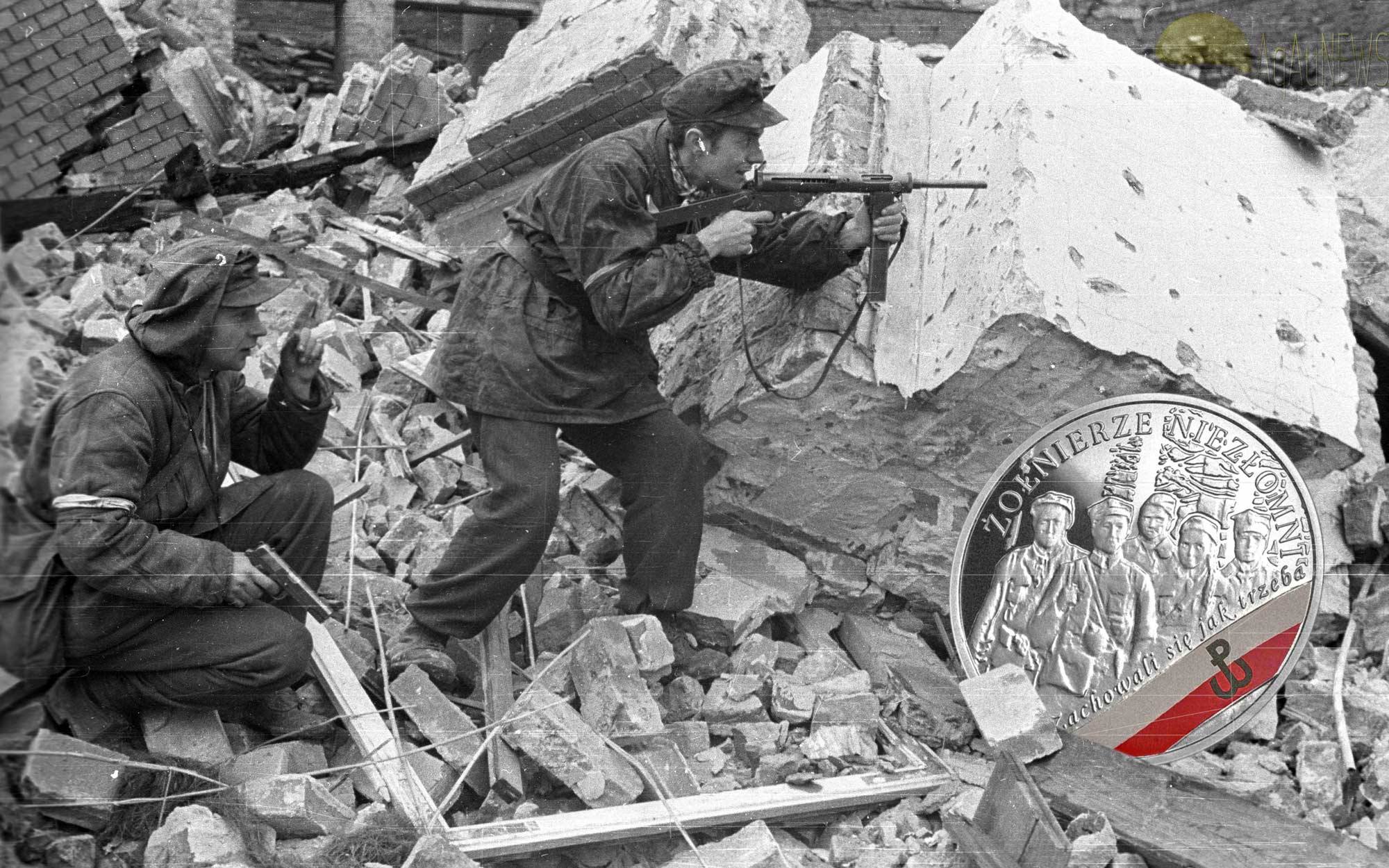
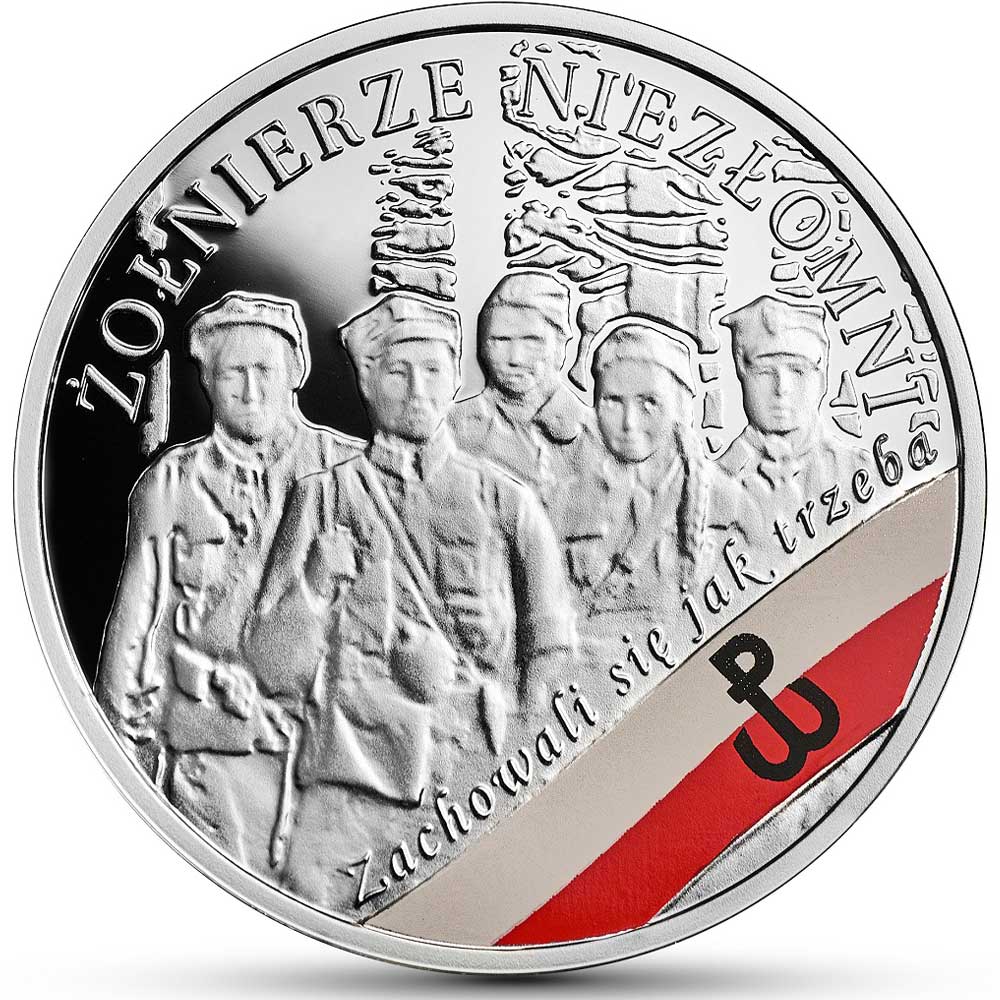

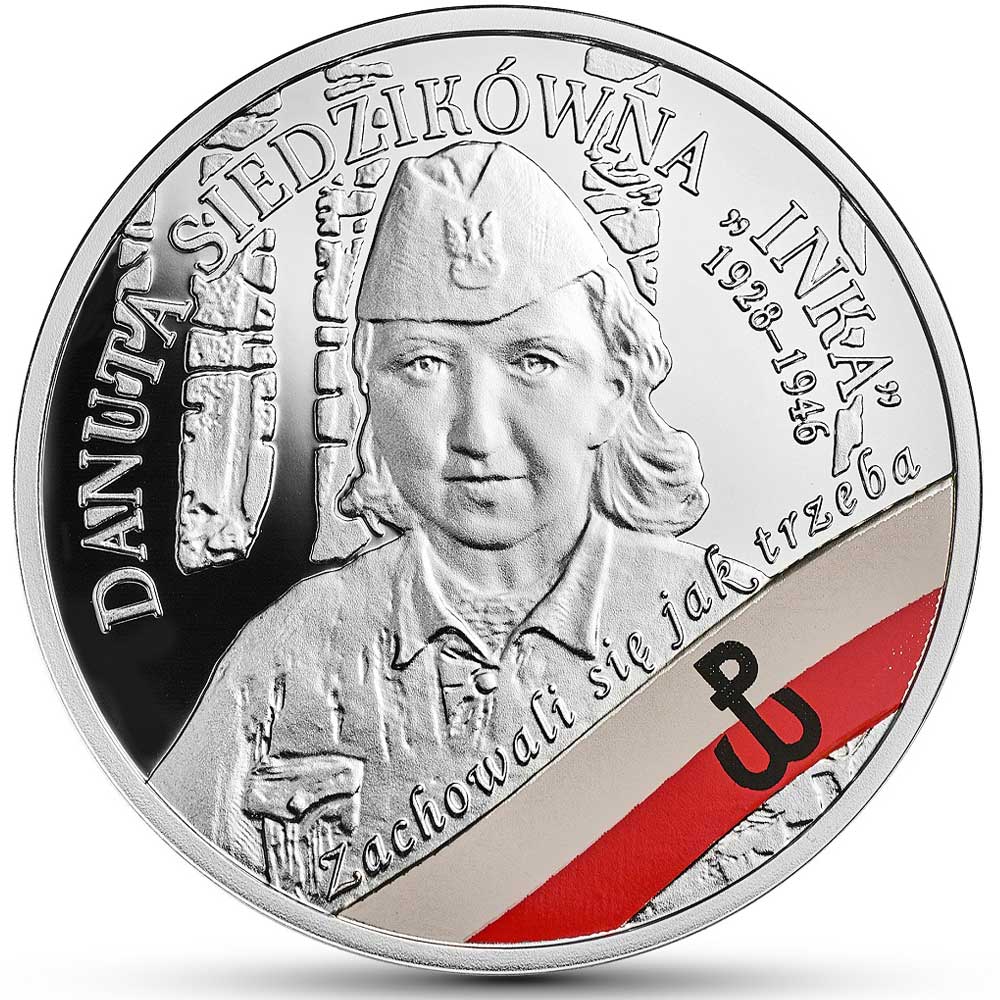
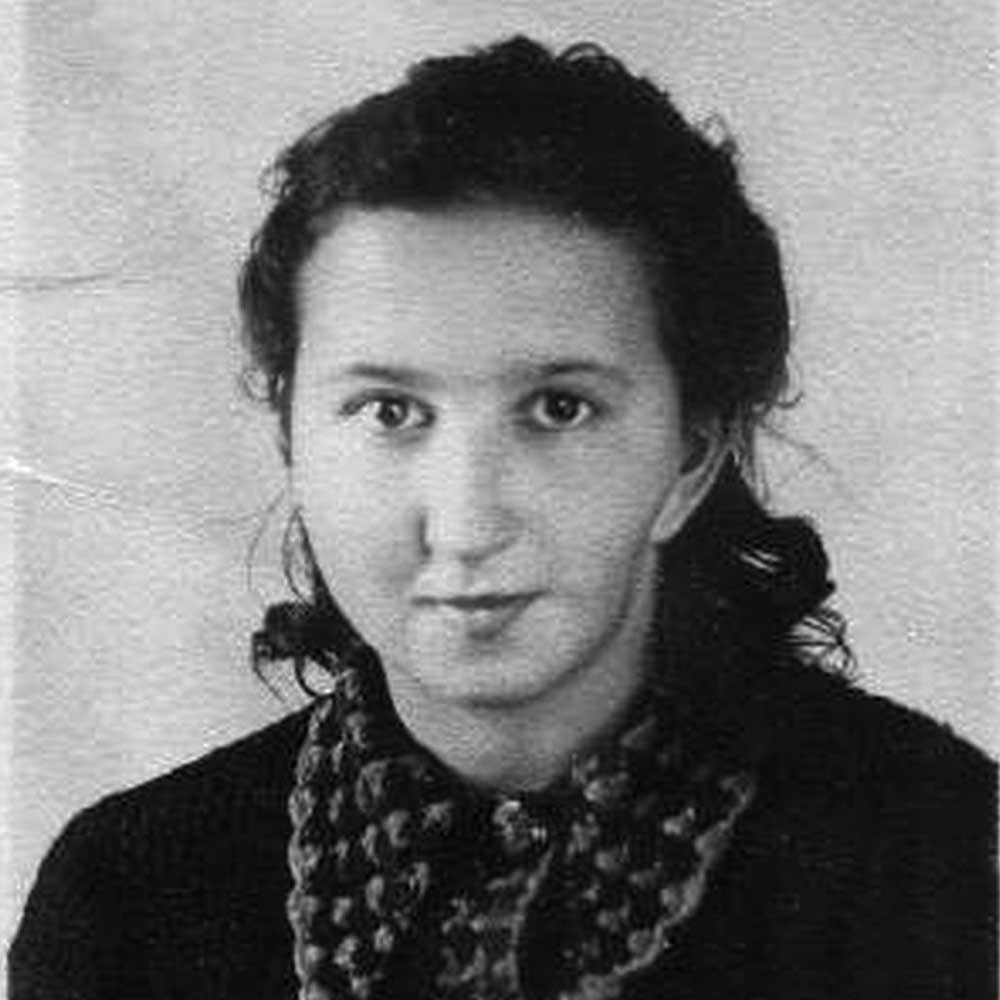
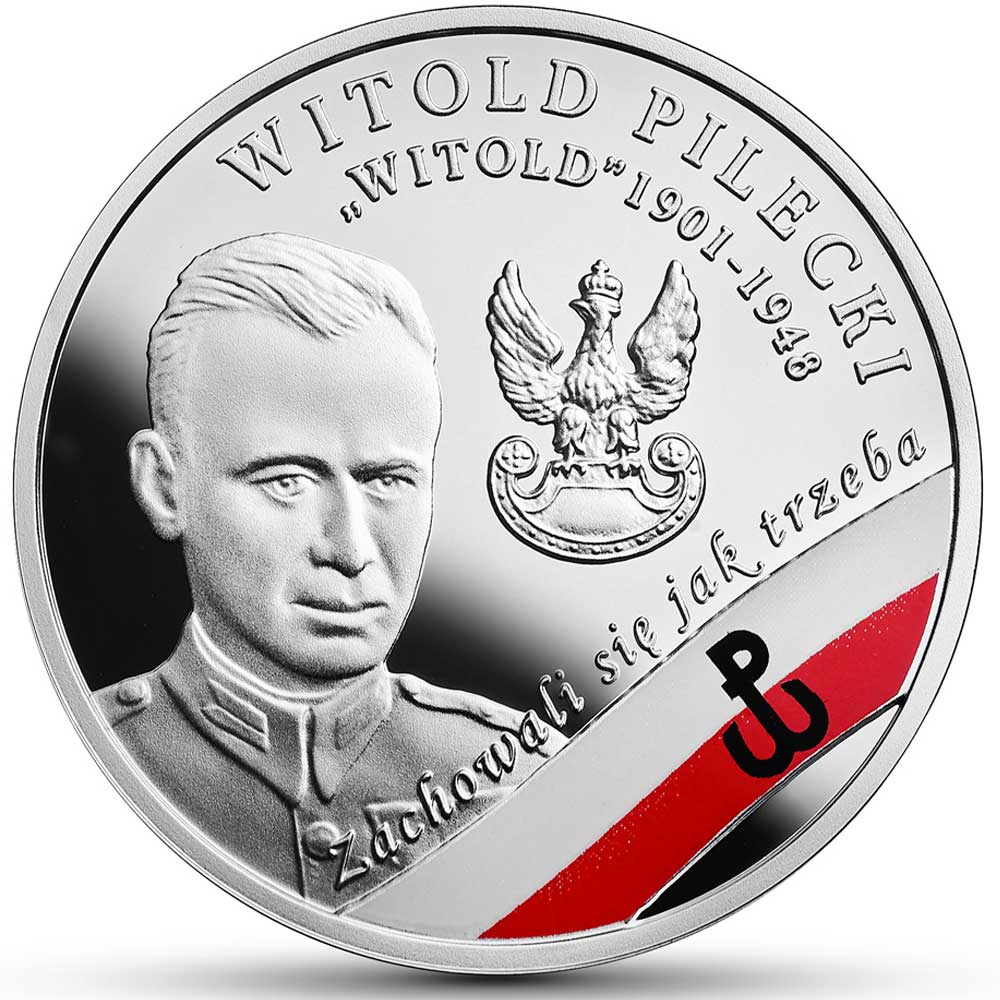
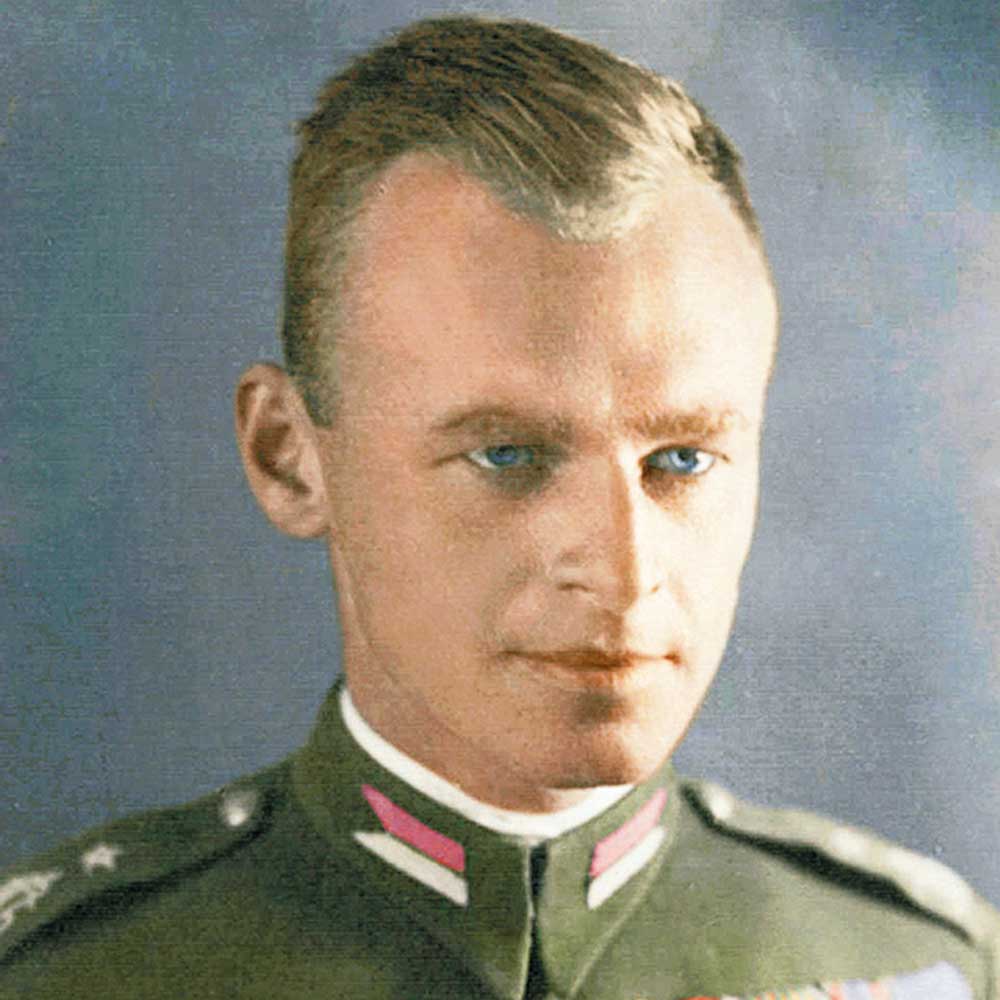
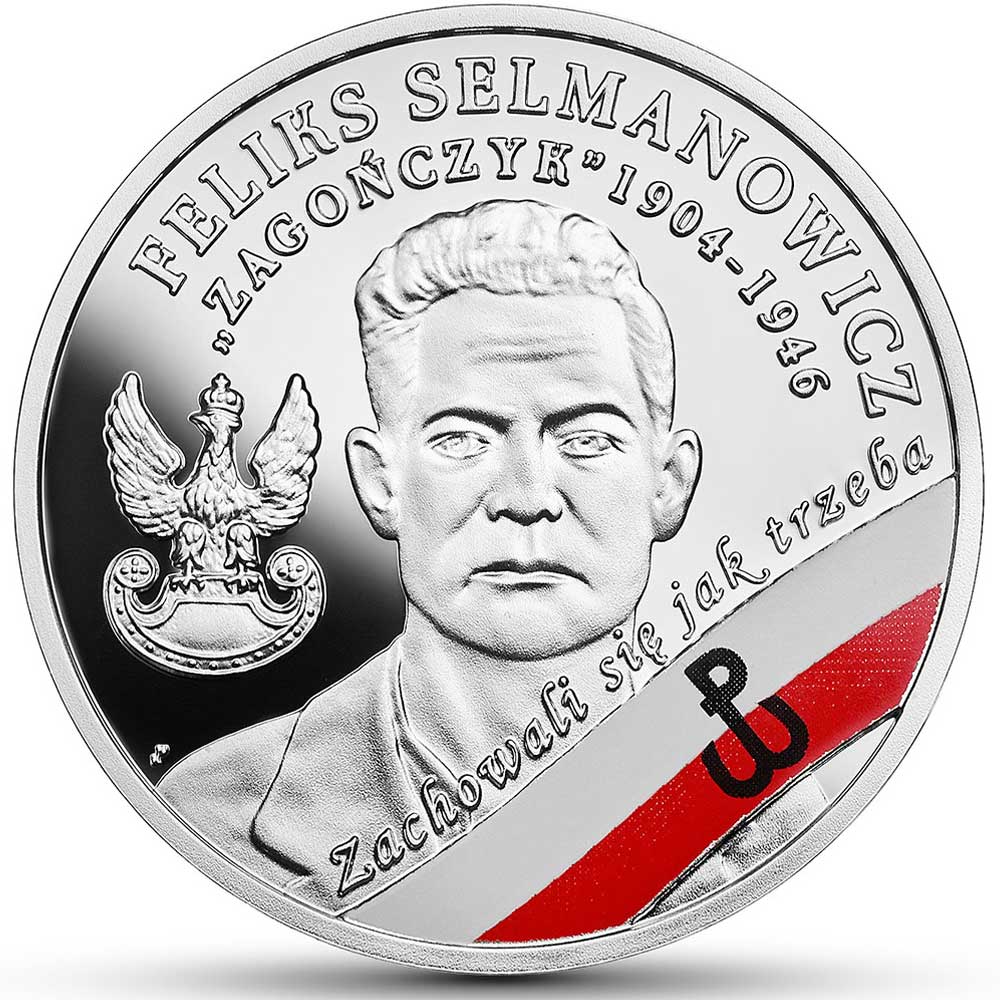

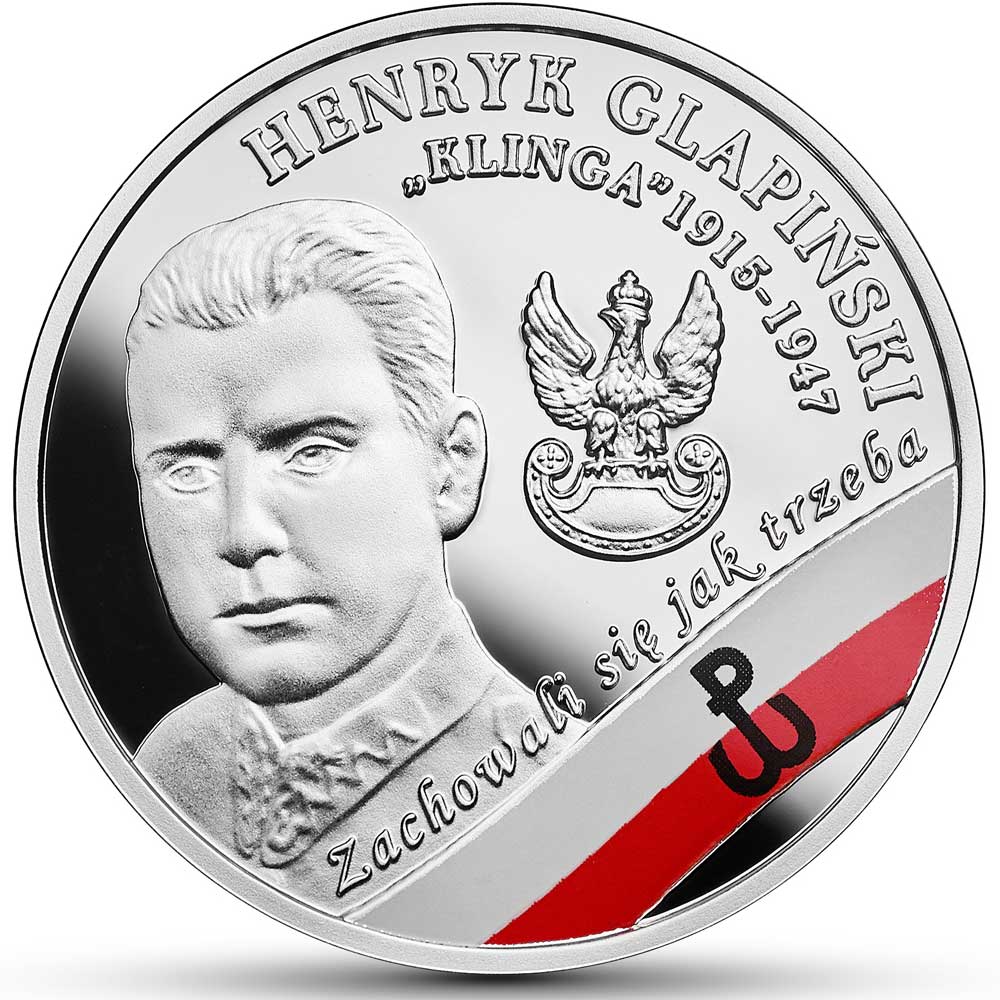
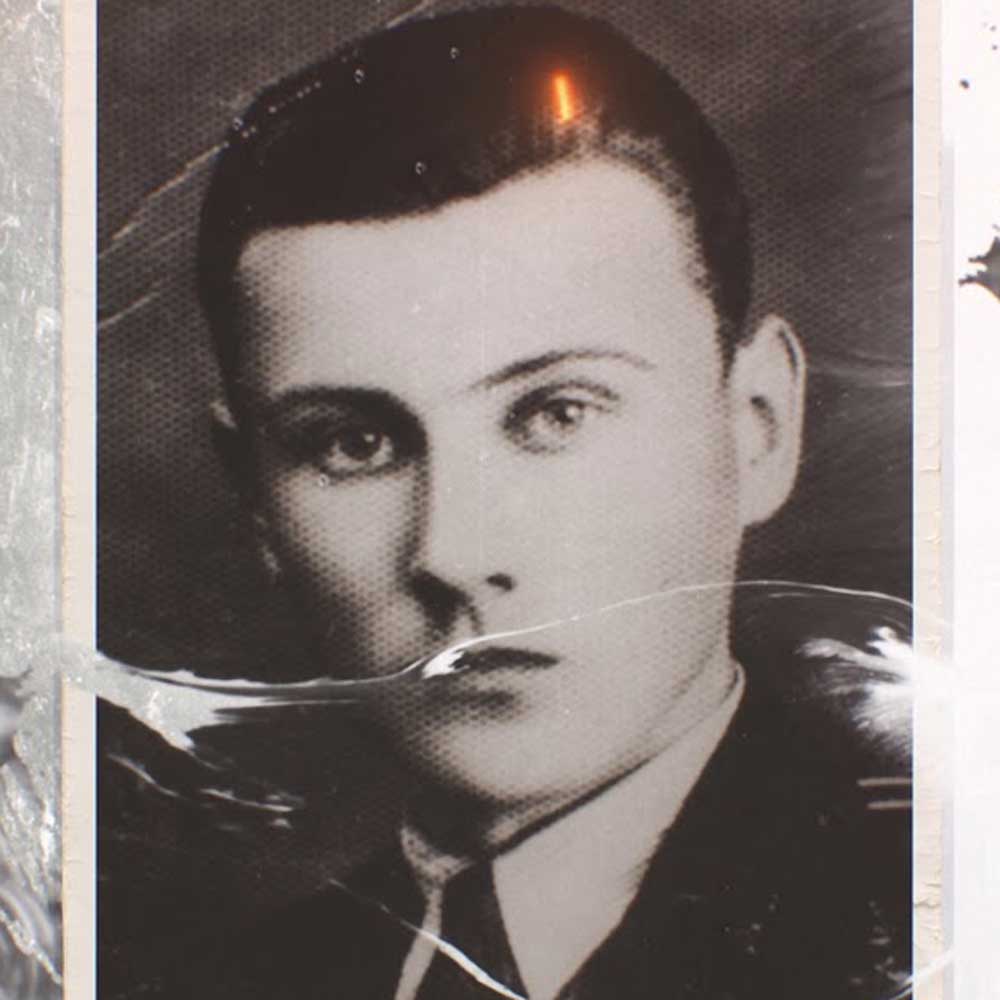
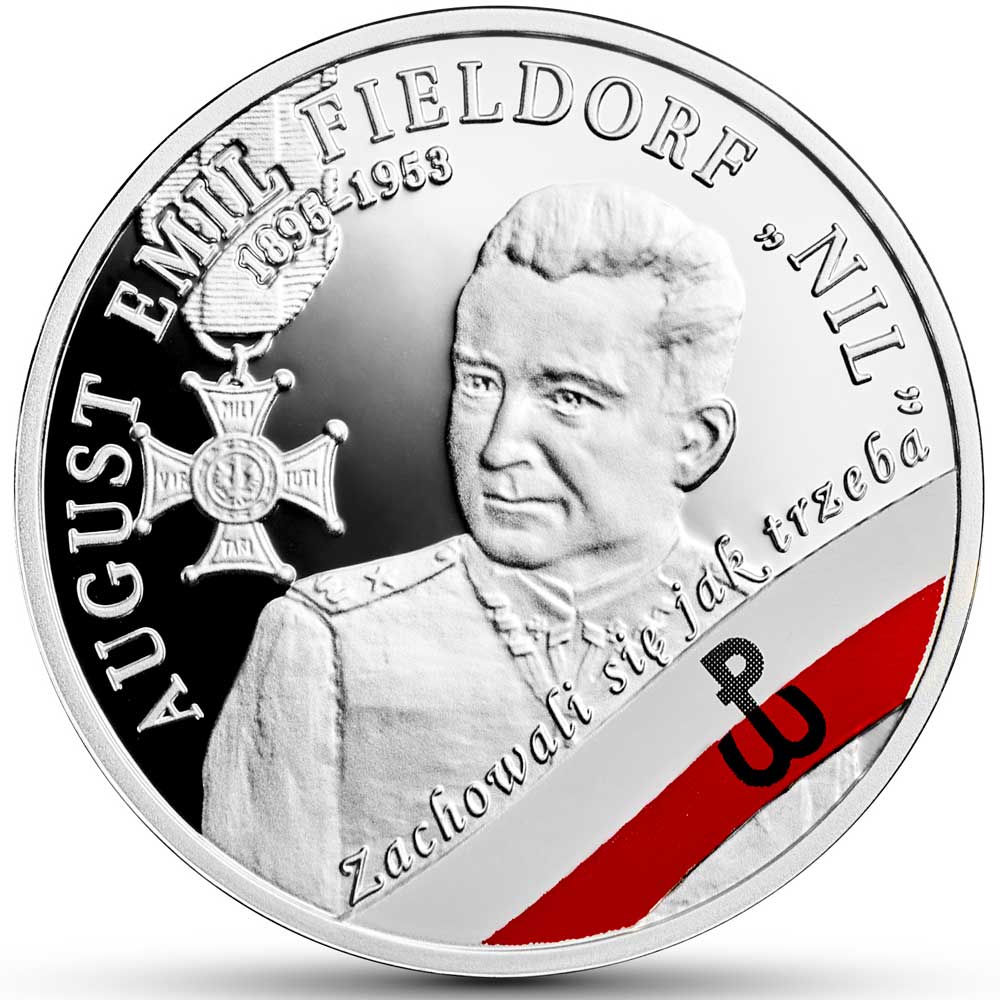
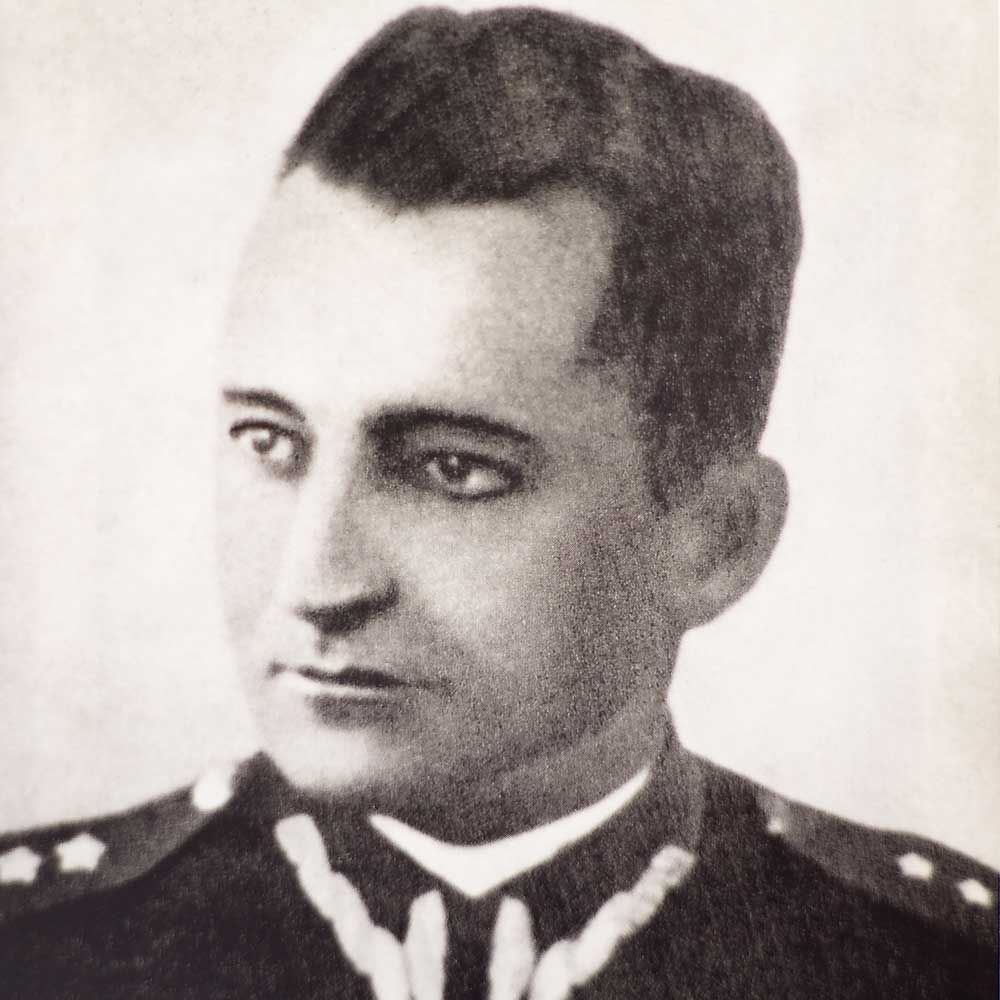
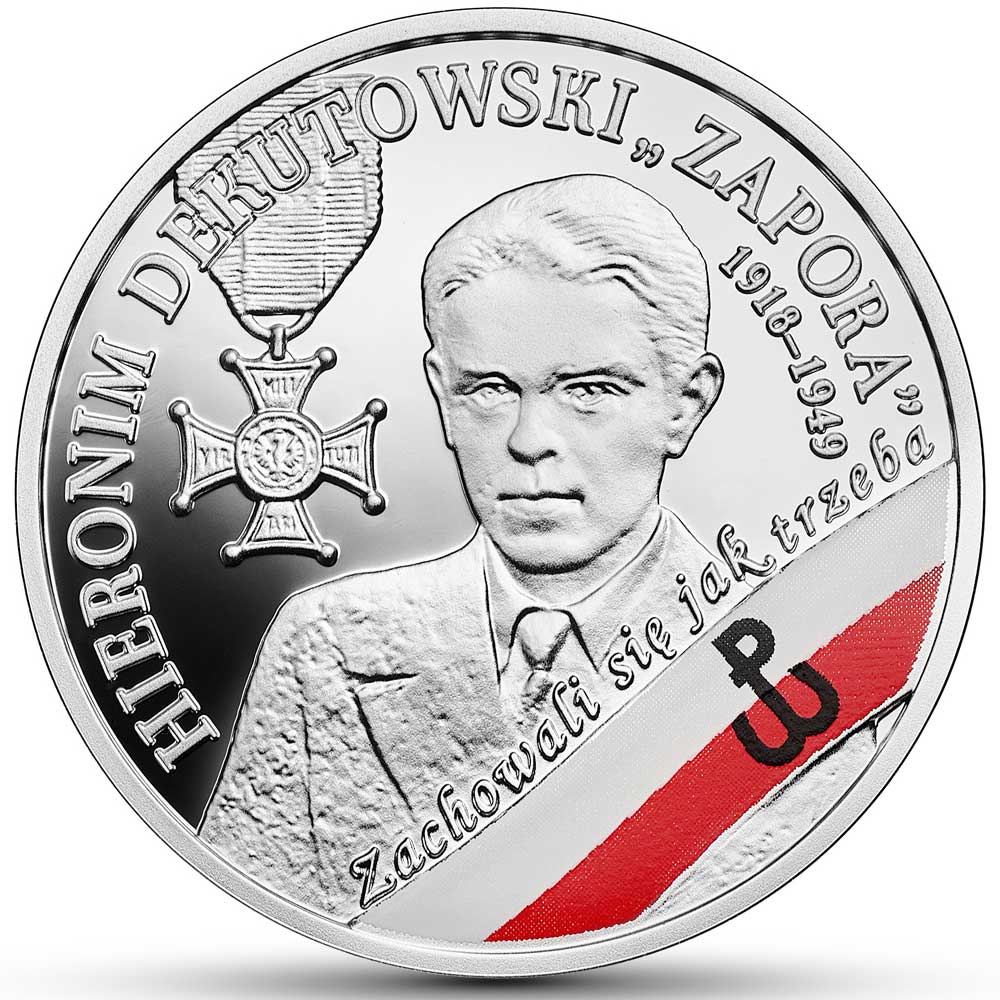
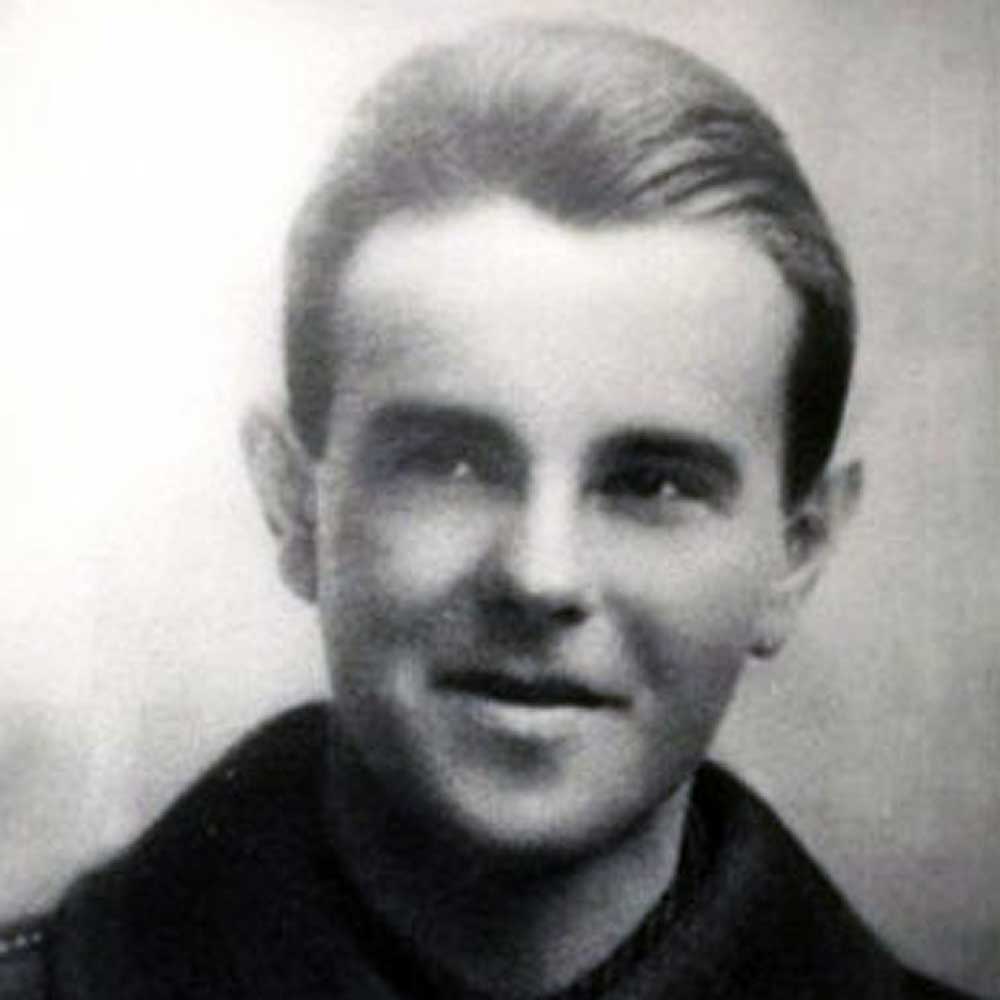
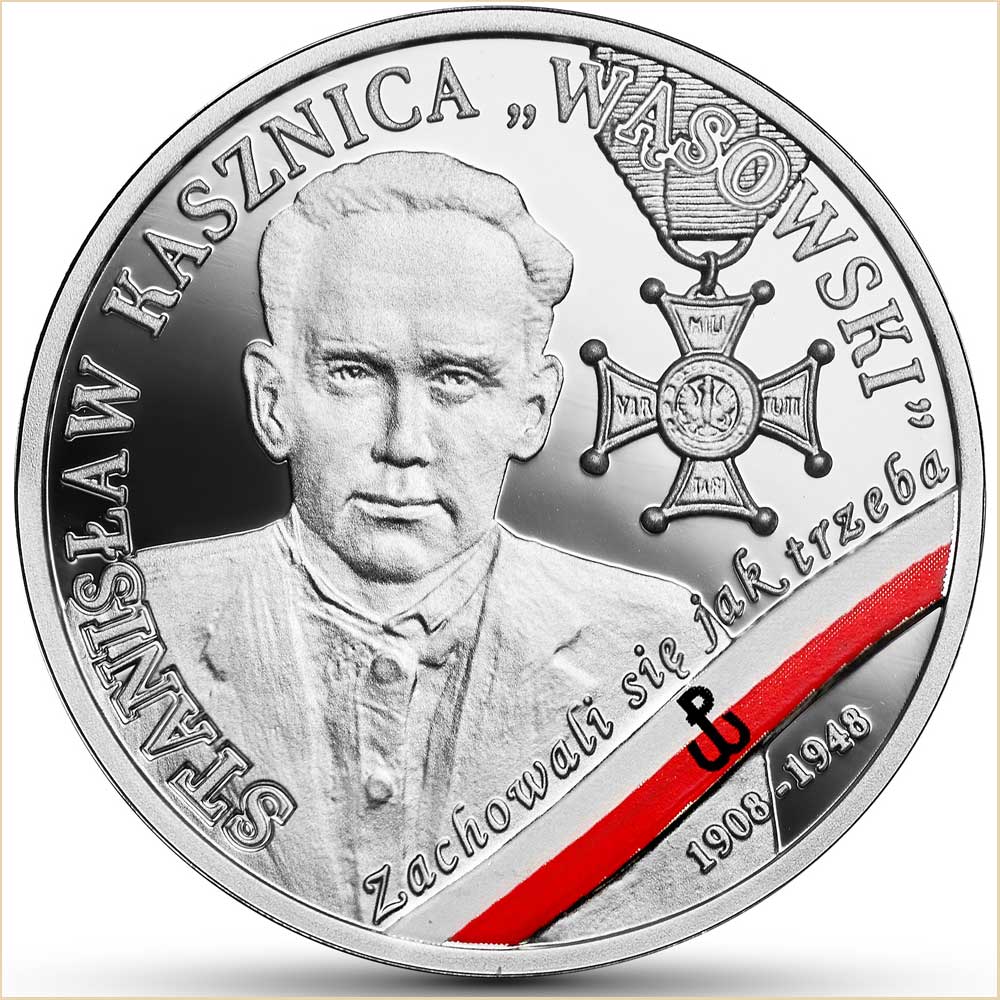
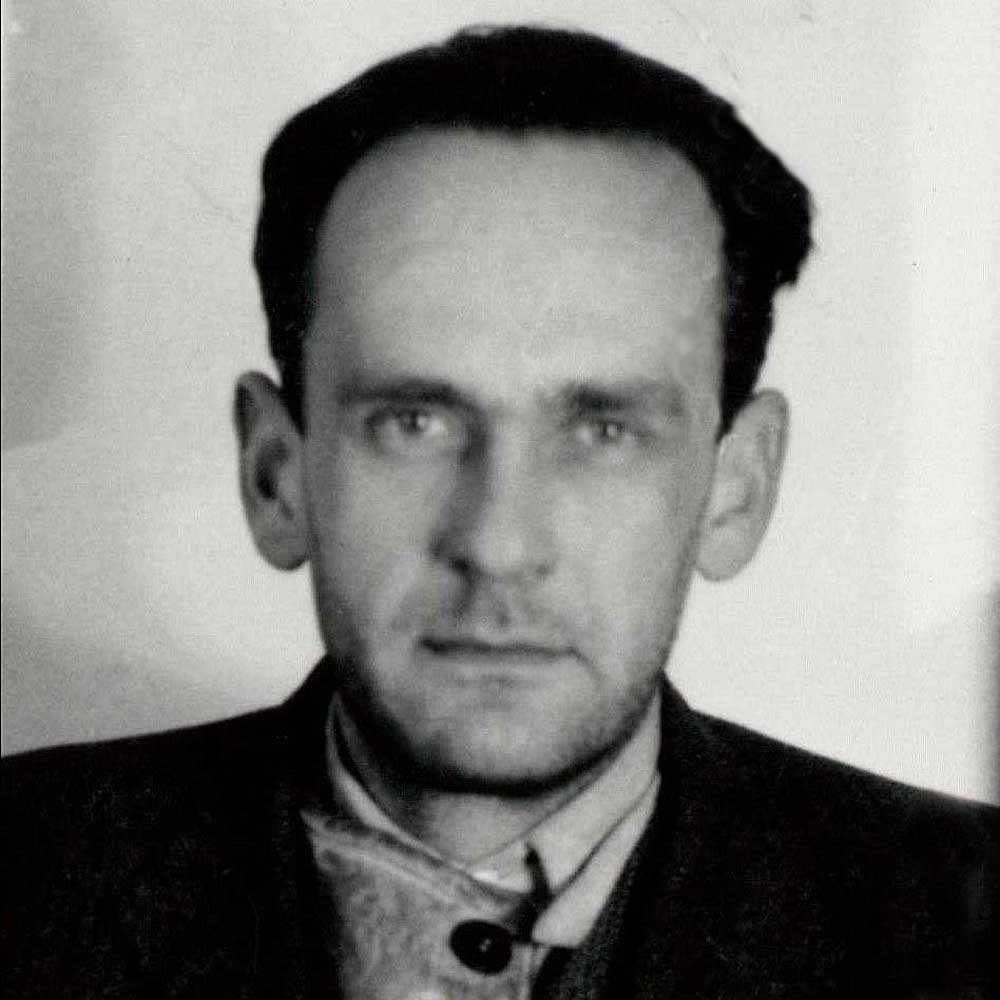
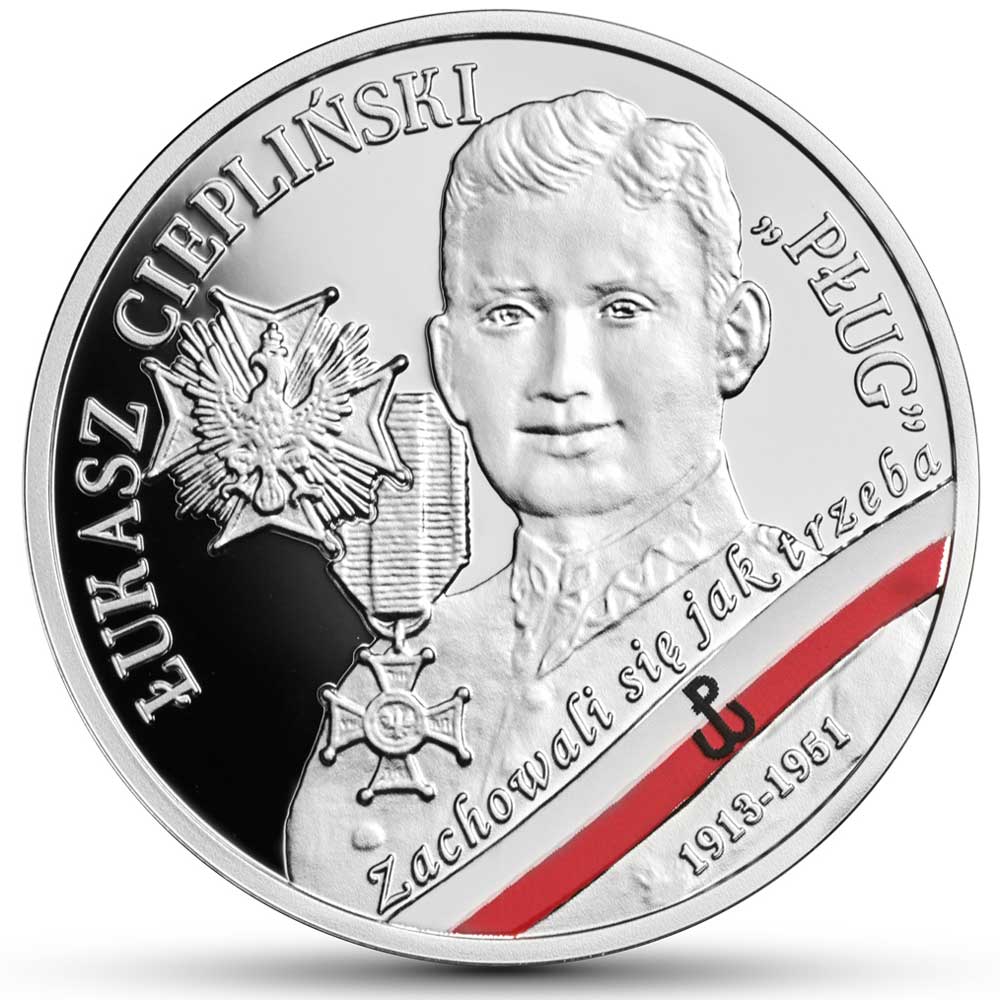

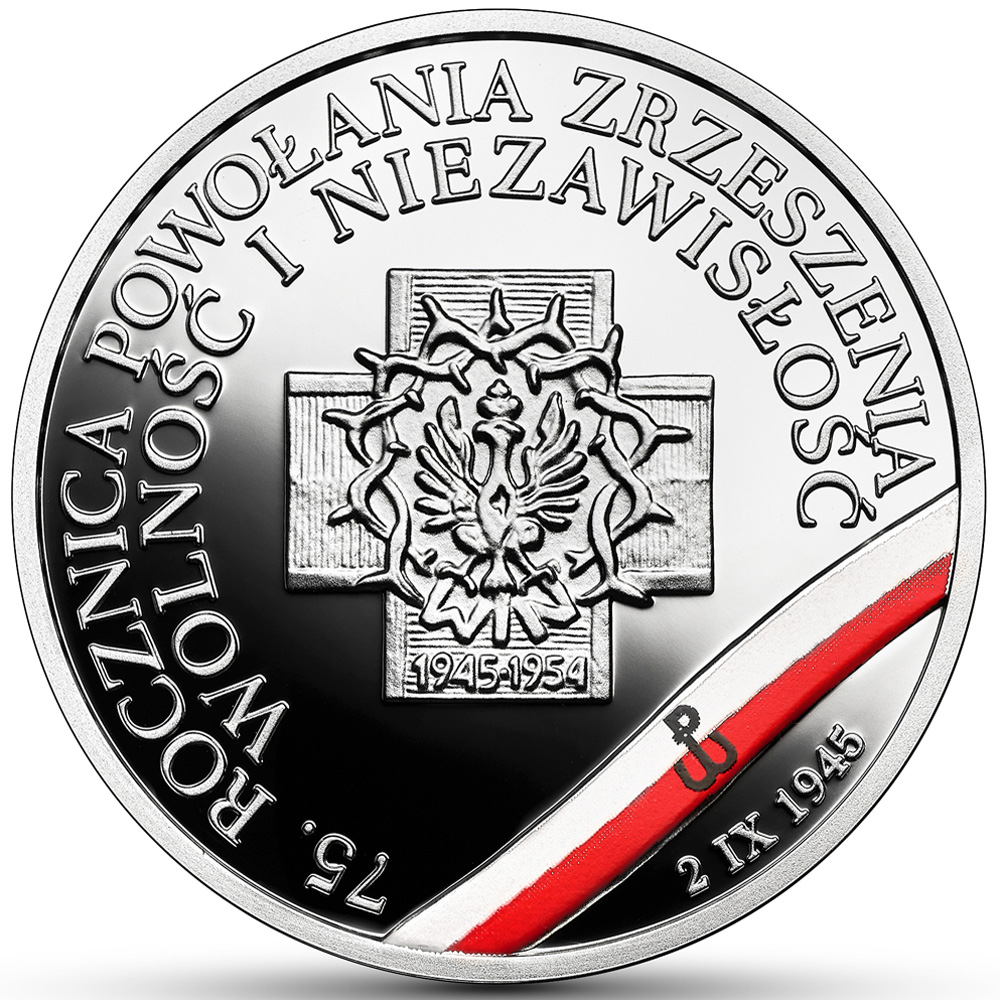
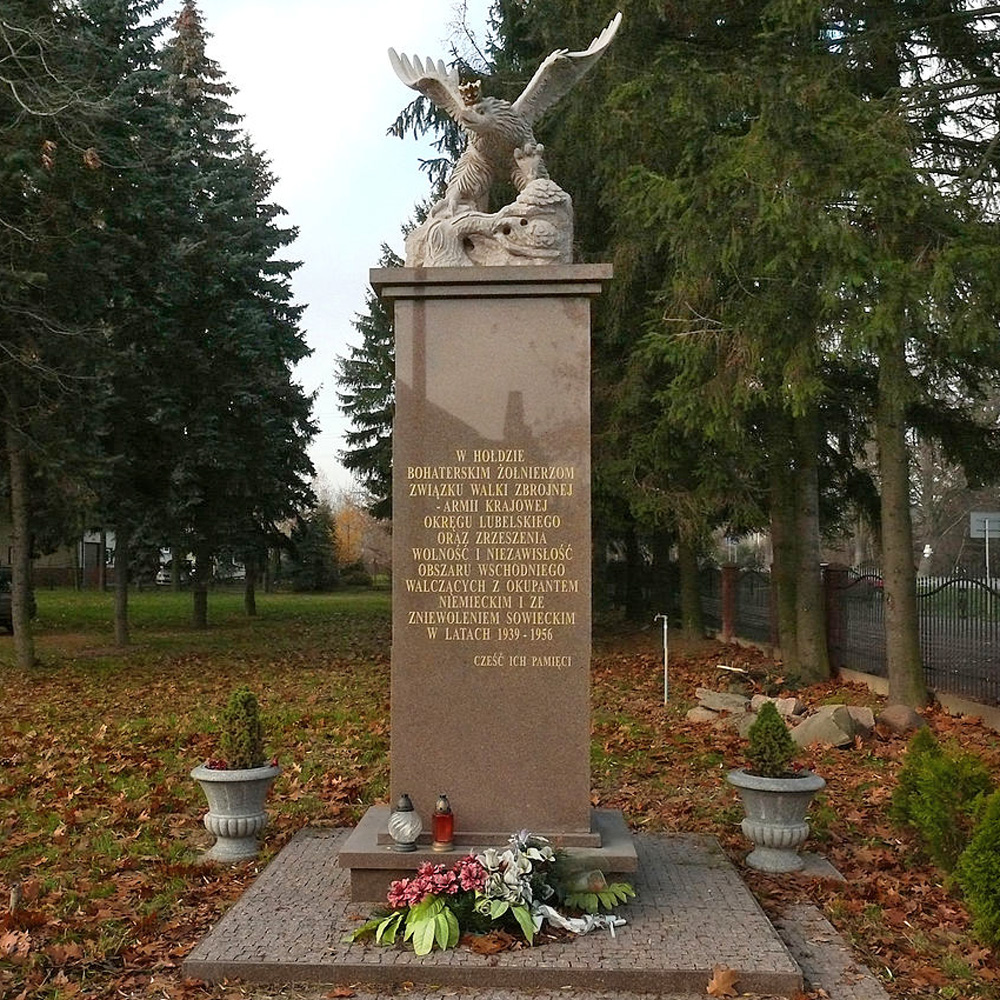
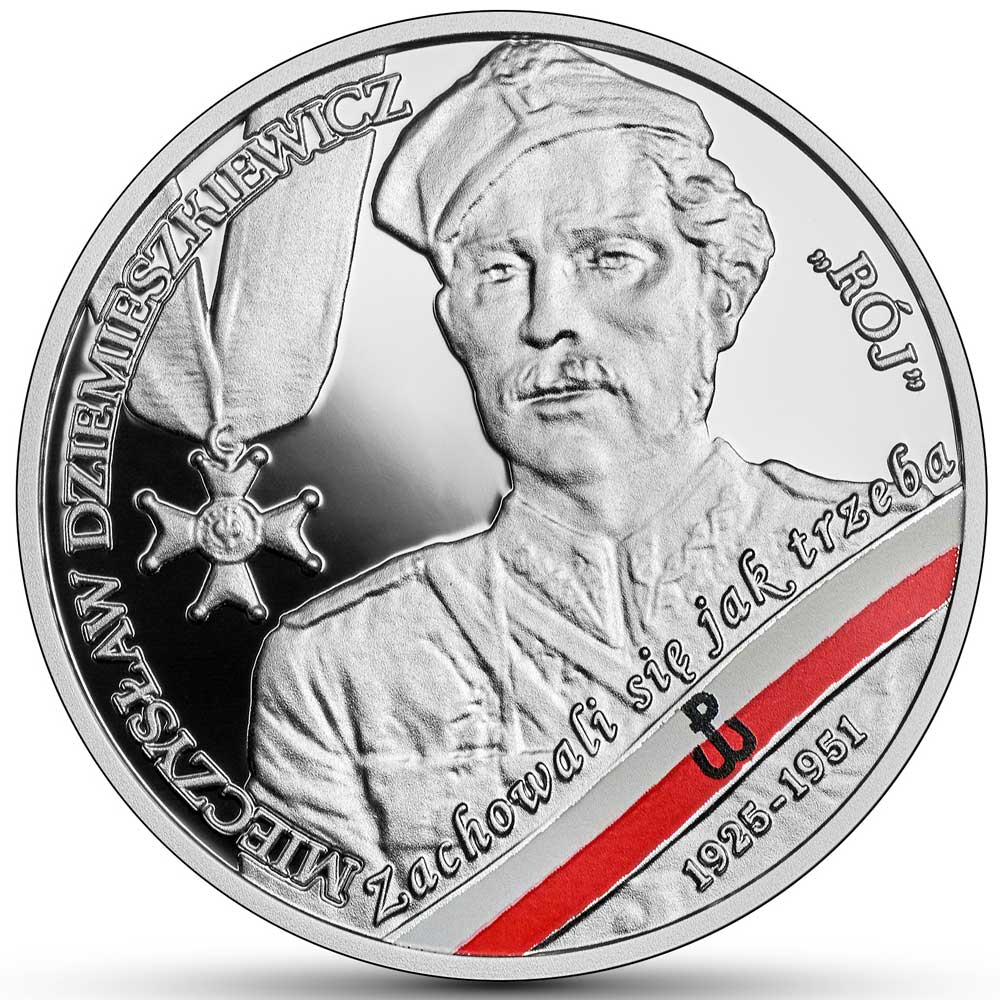

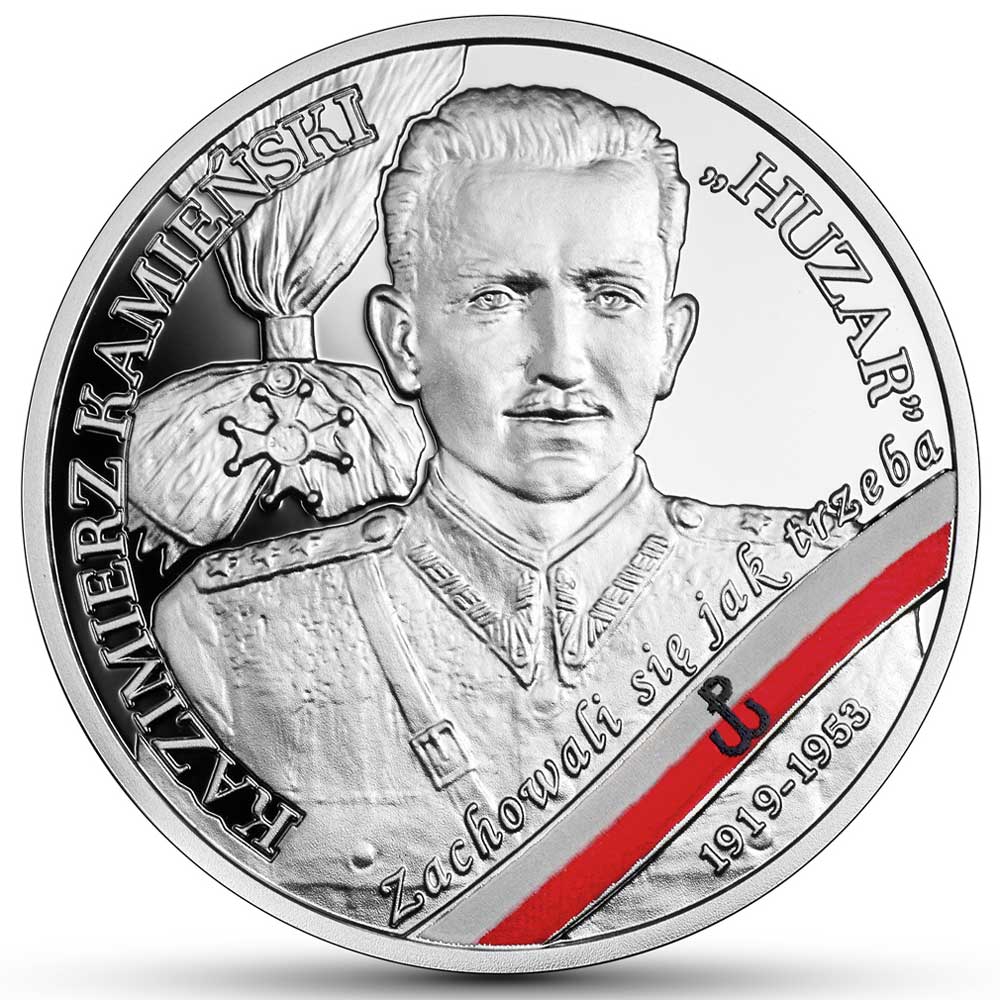


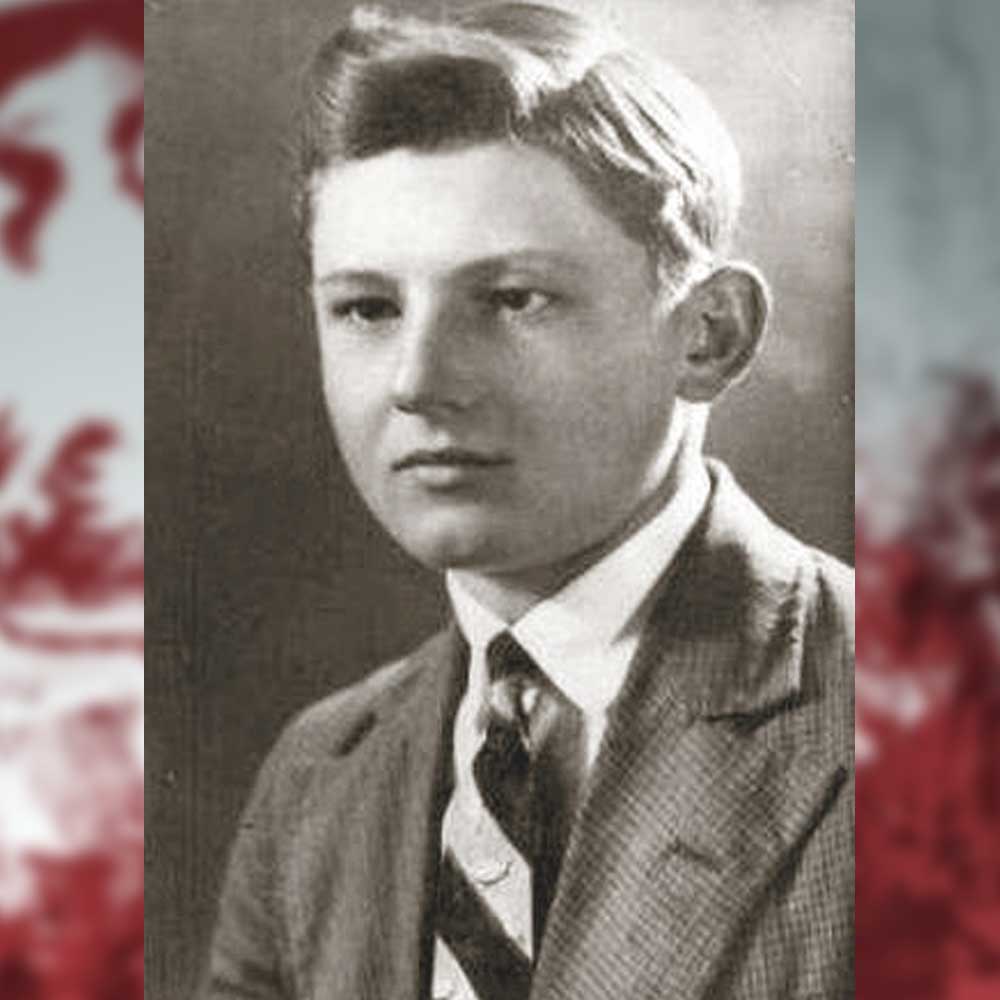
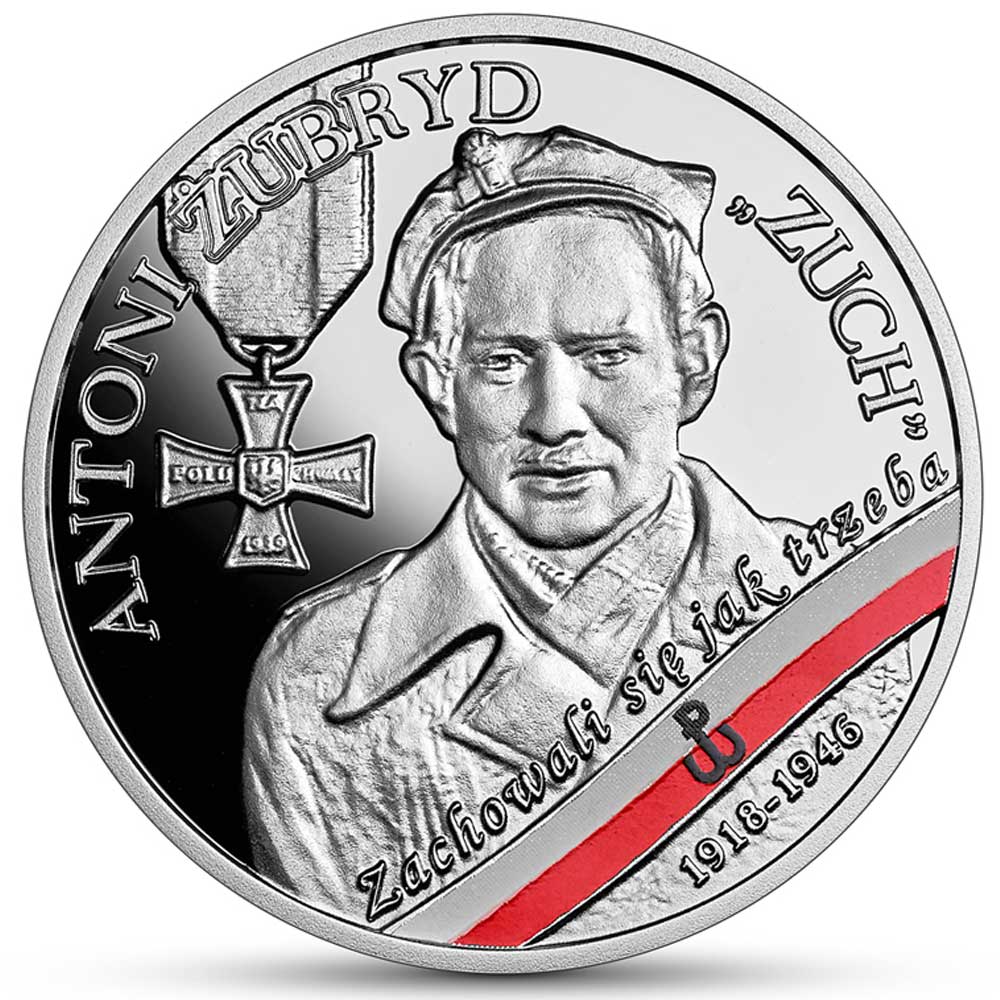
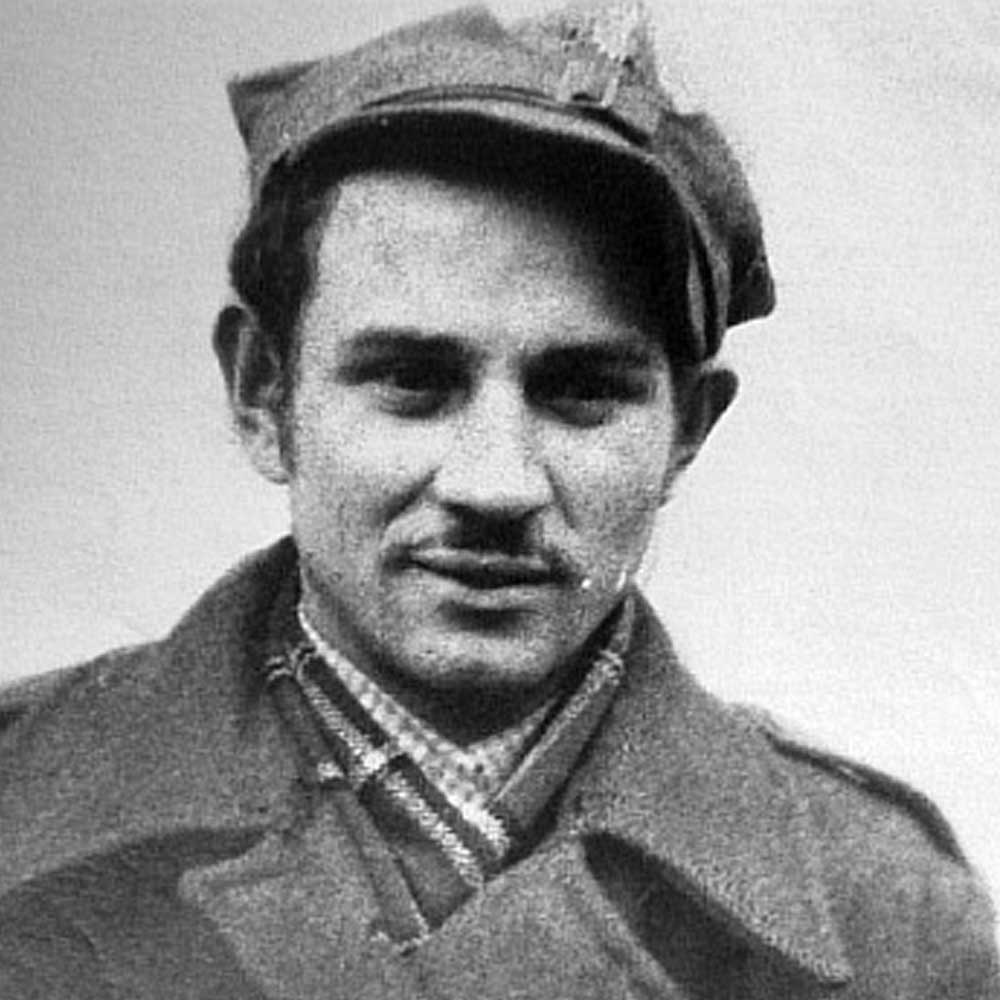
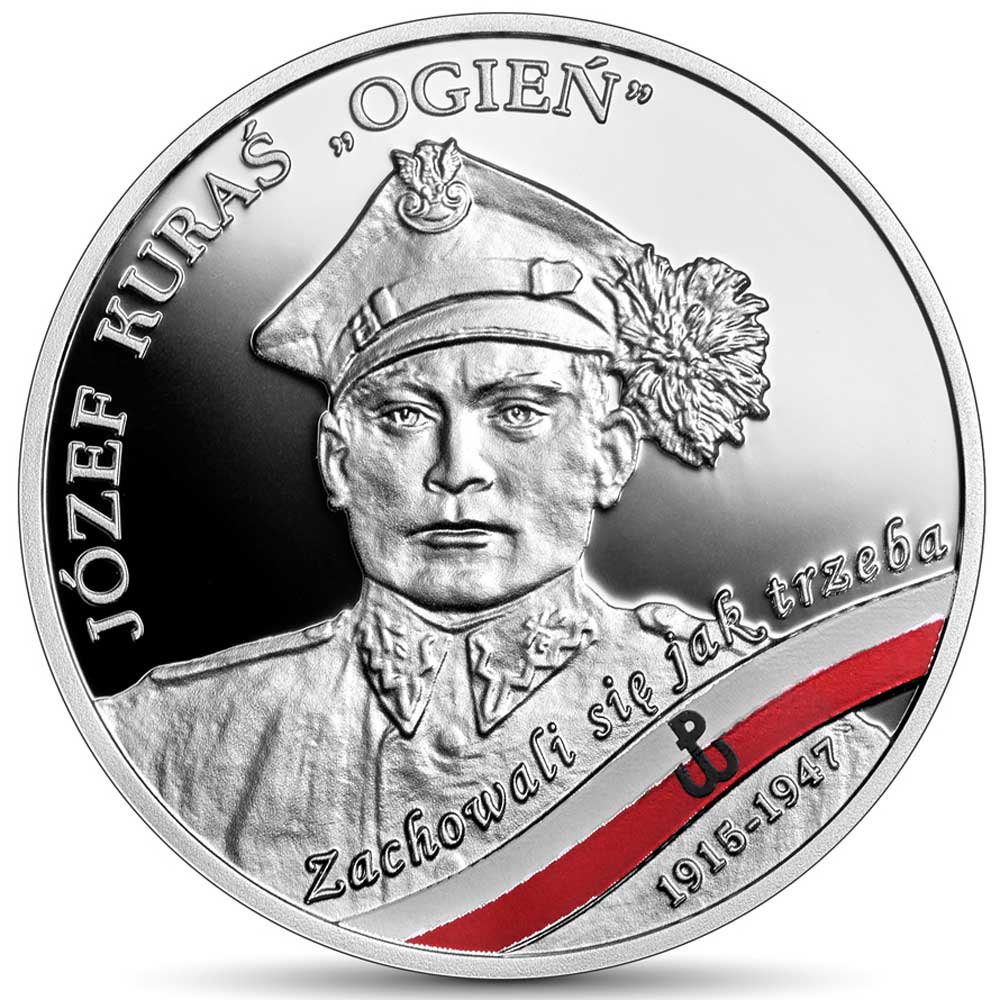
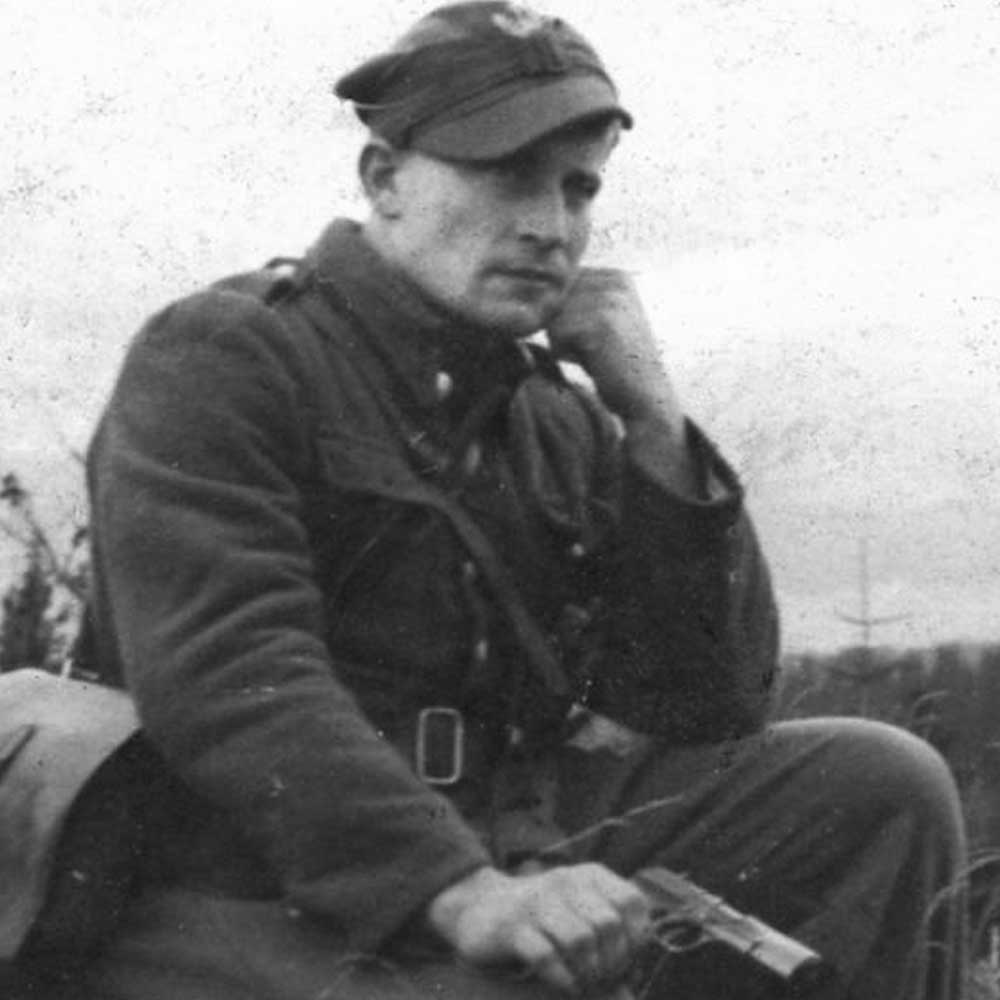
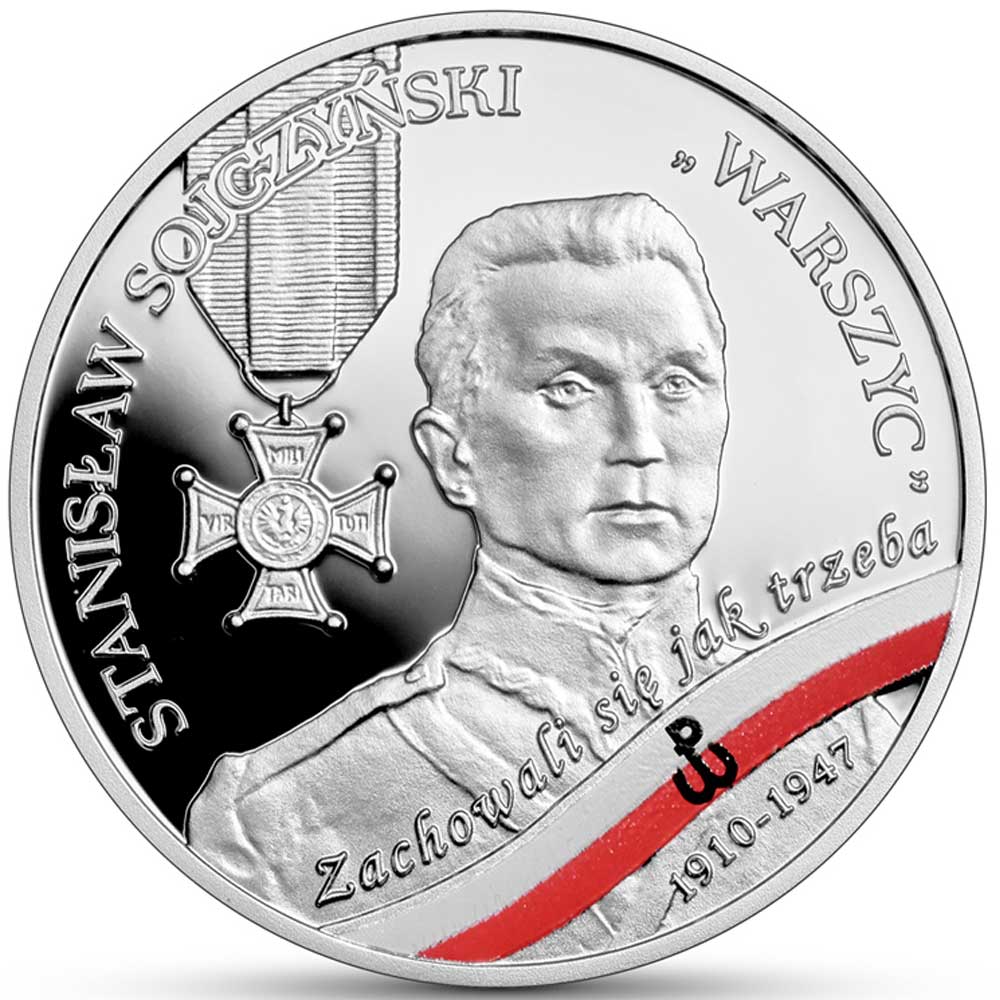
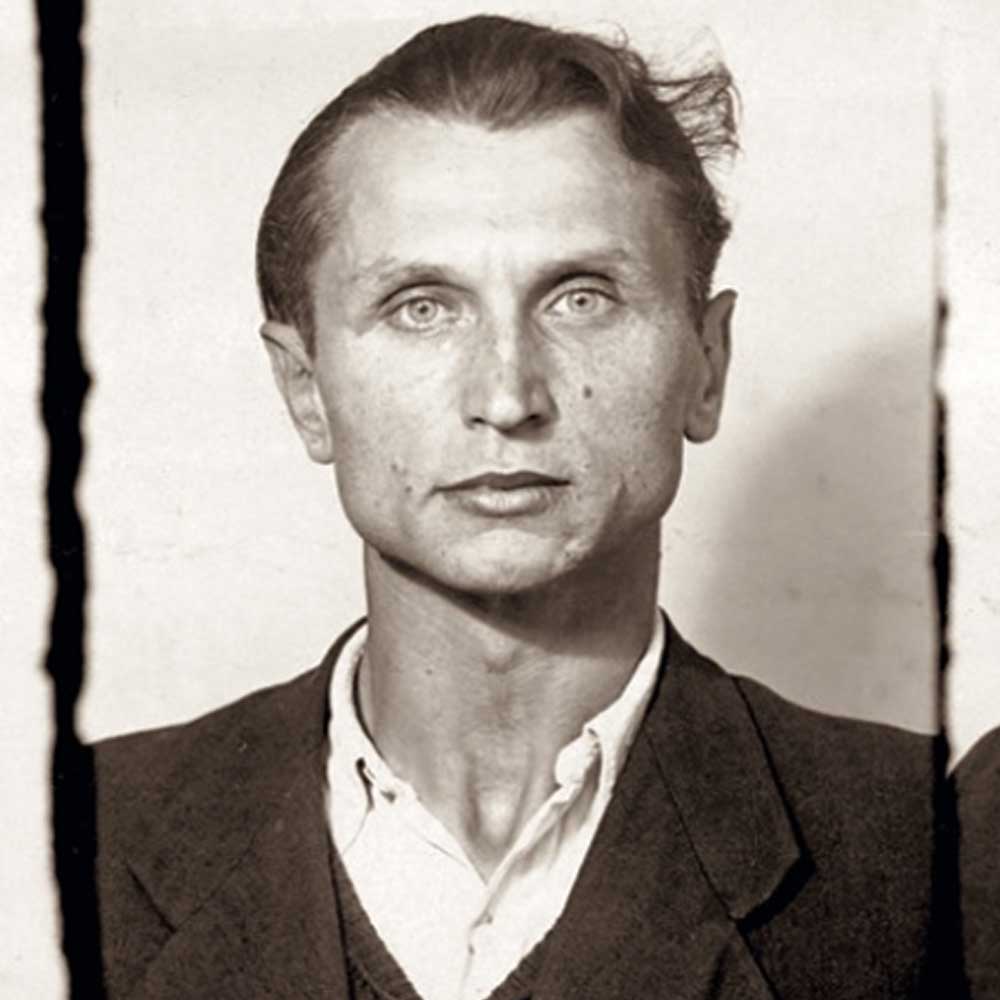
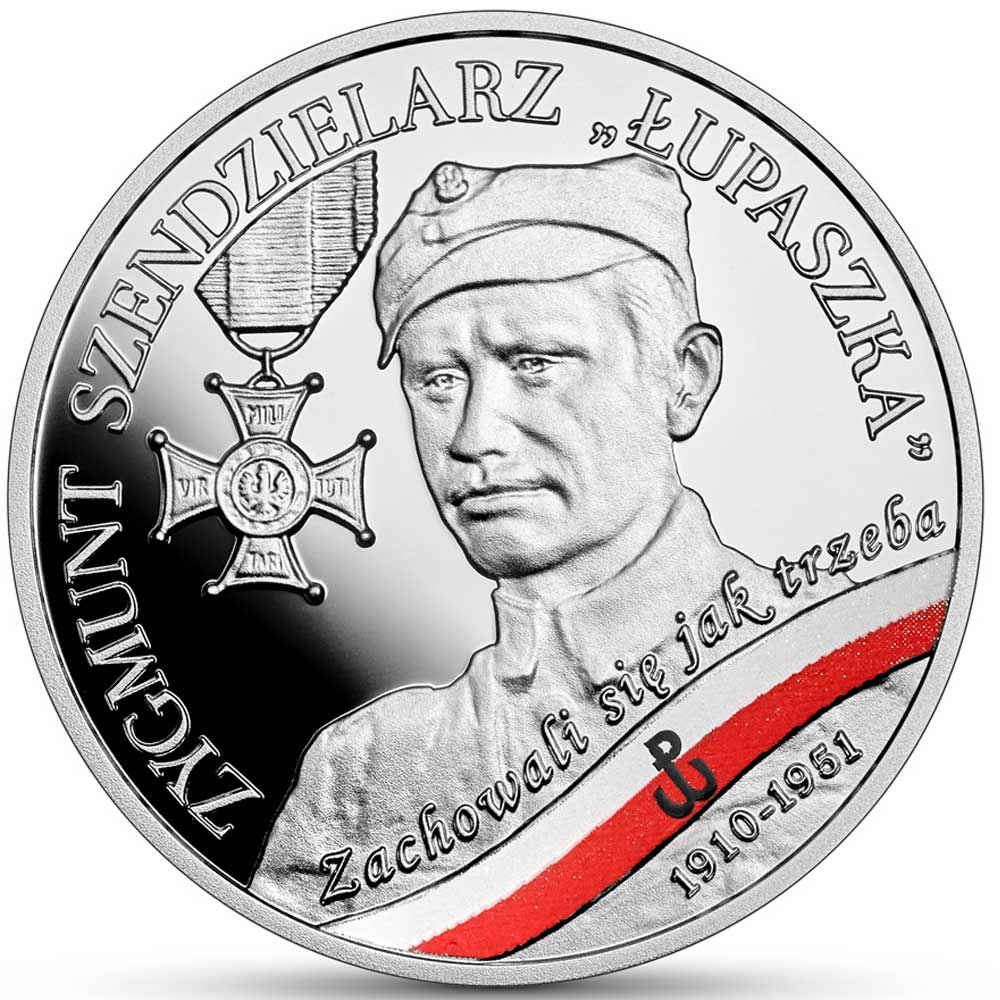
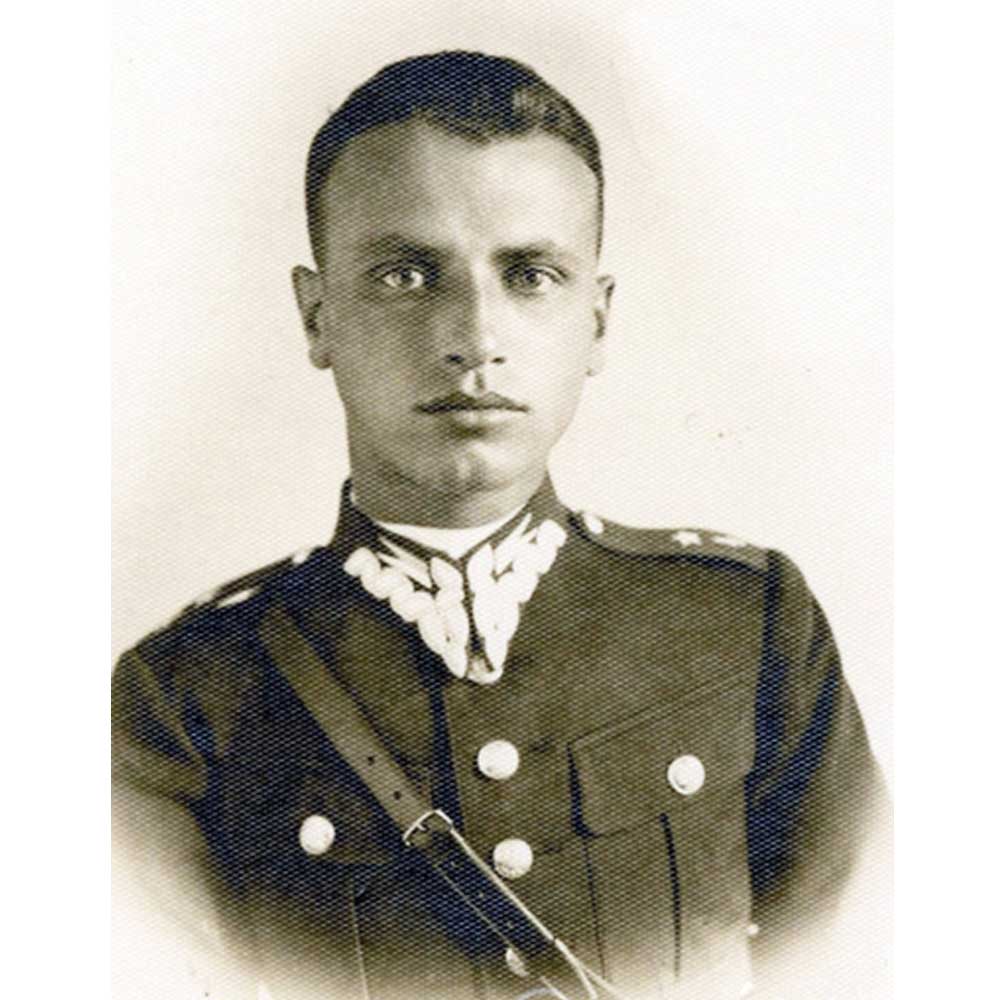
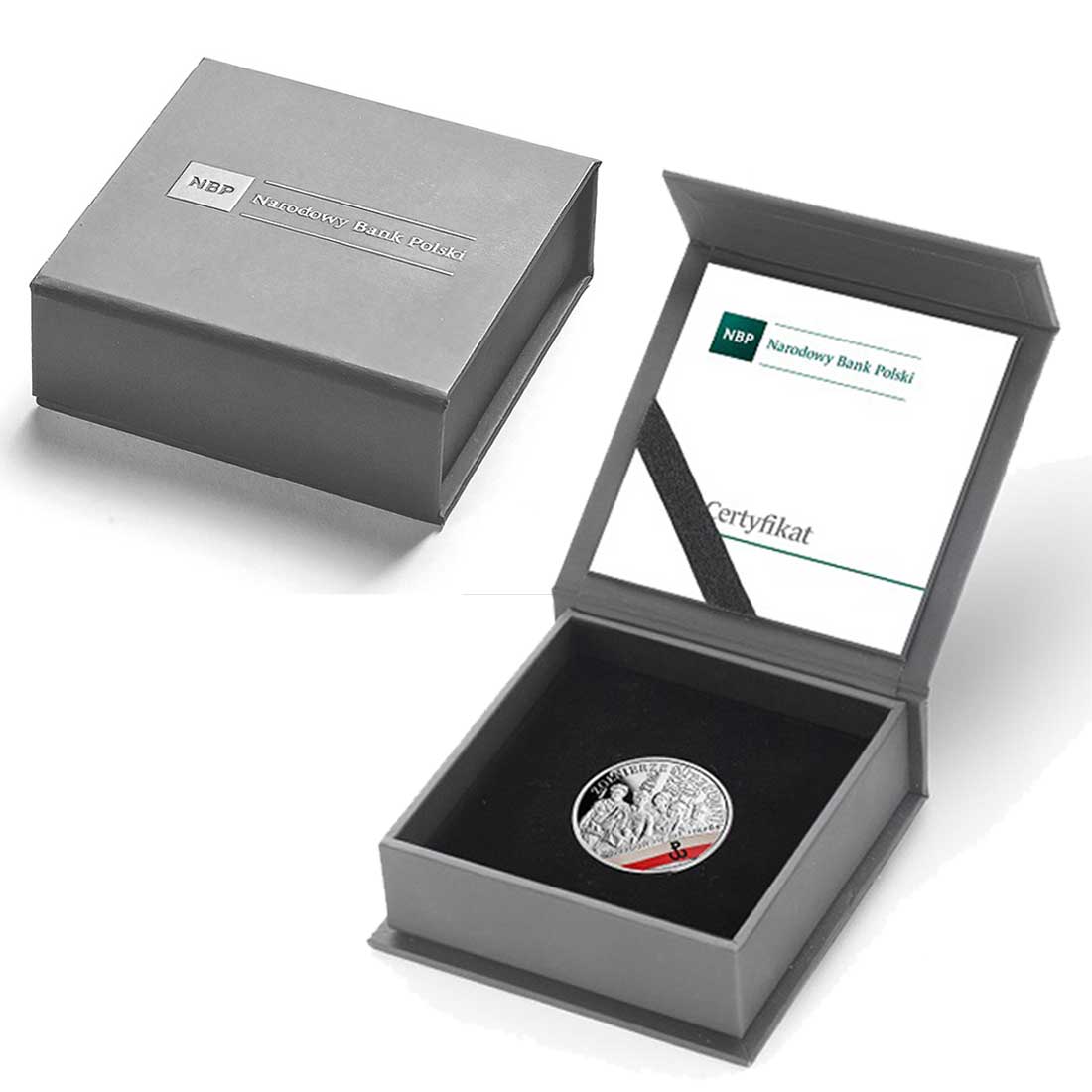
Leave A Comment